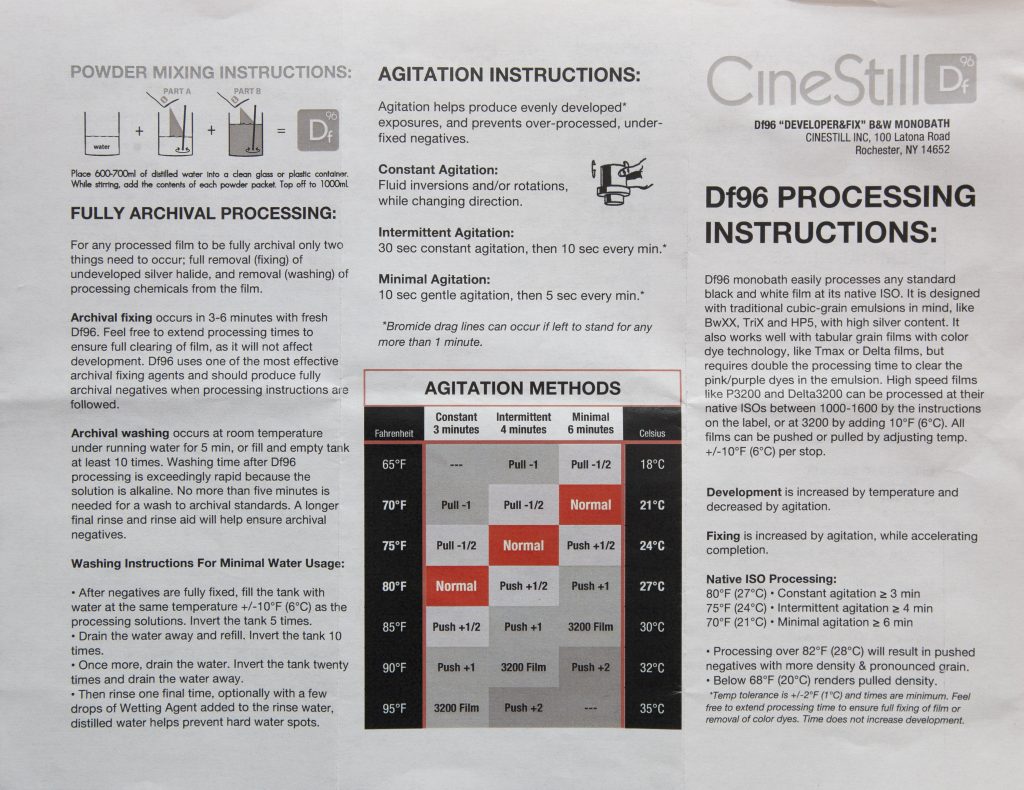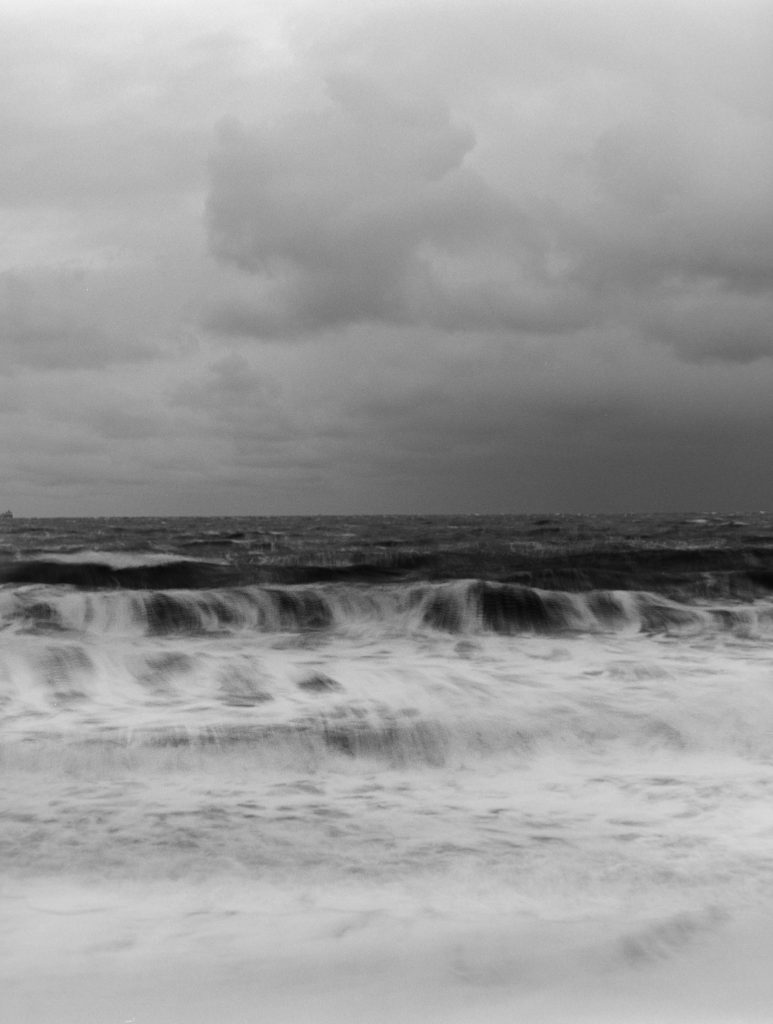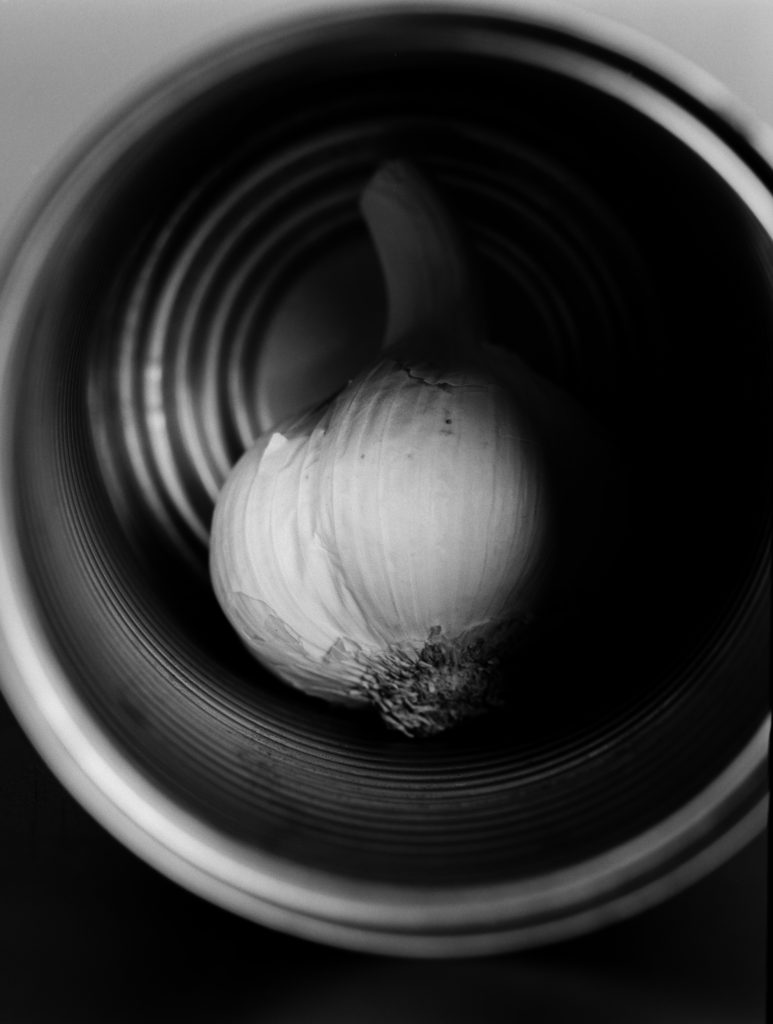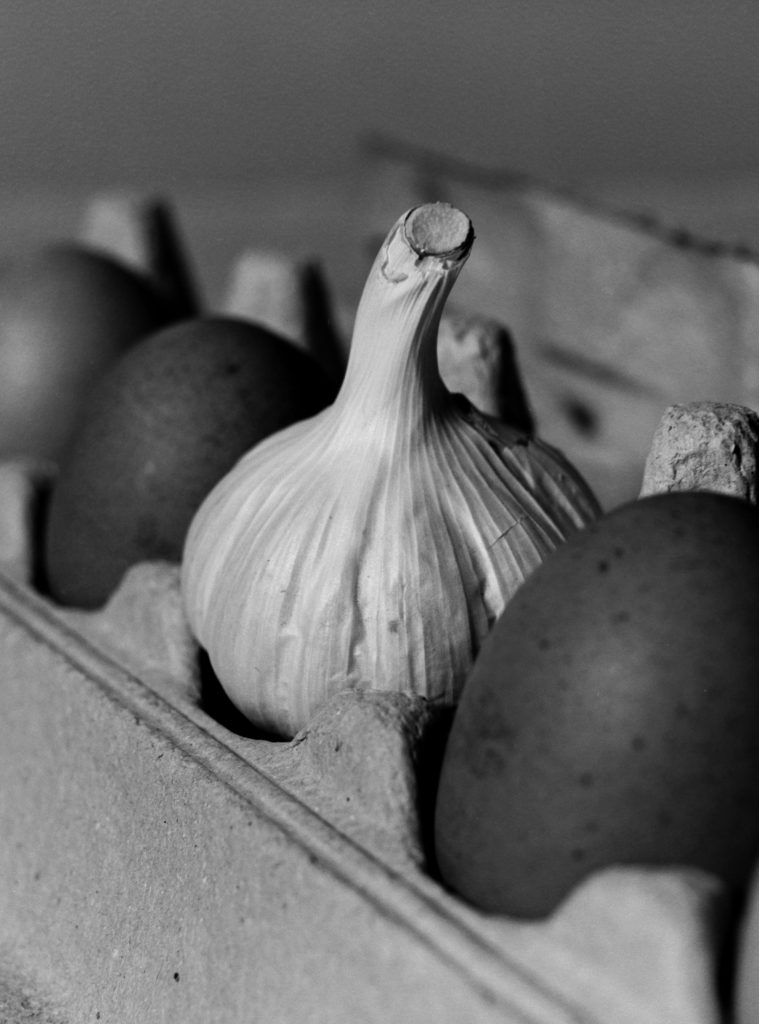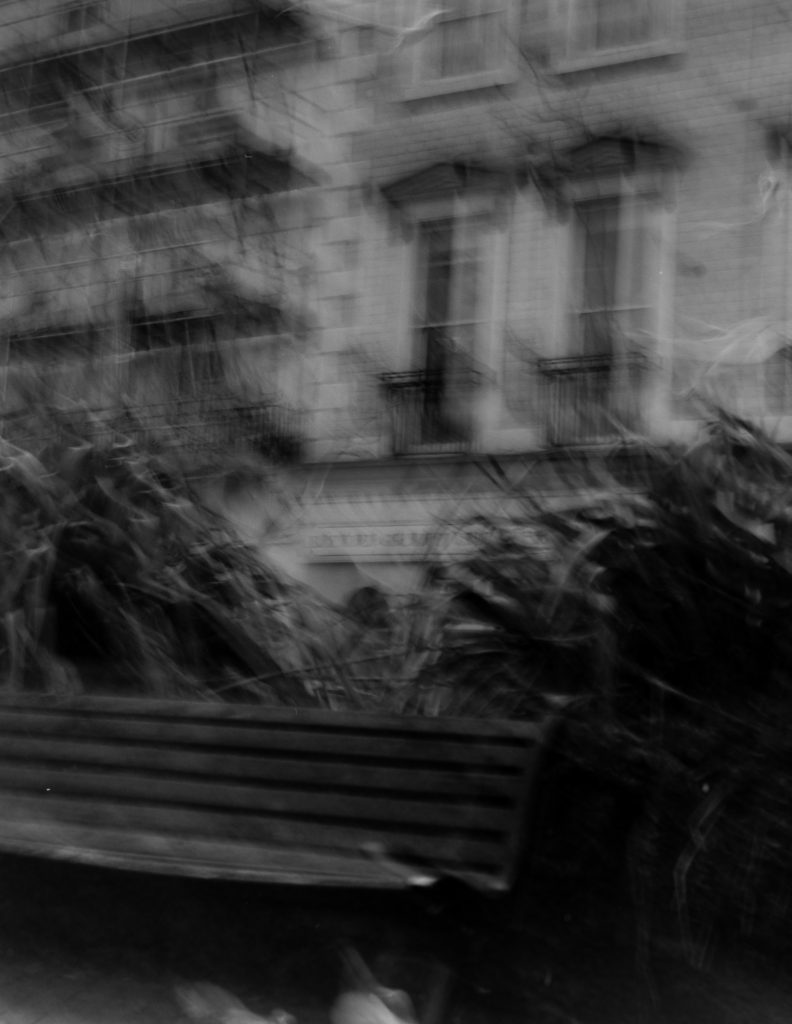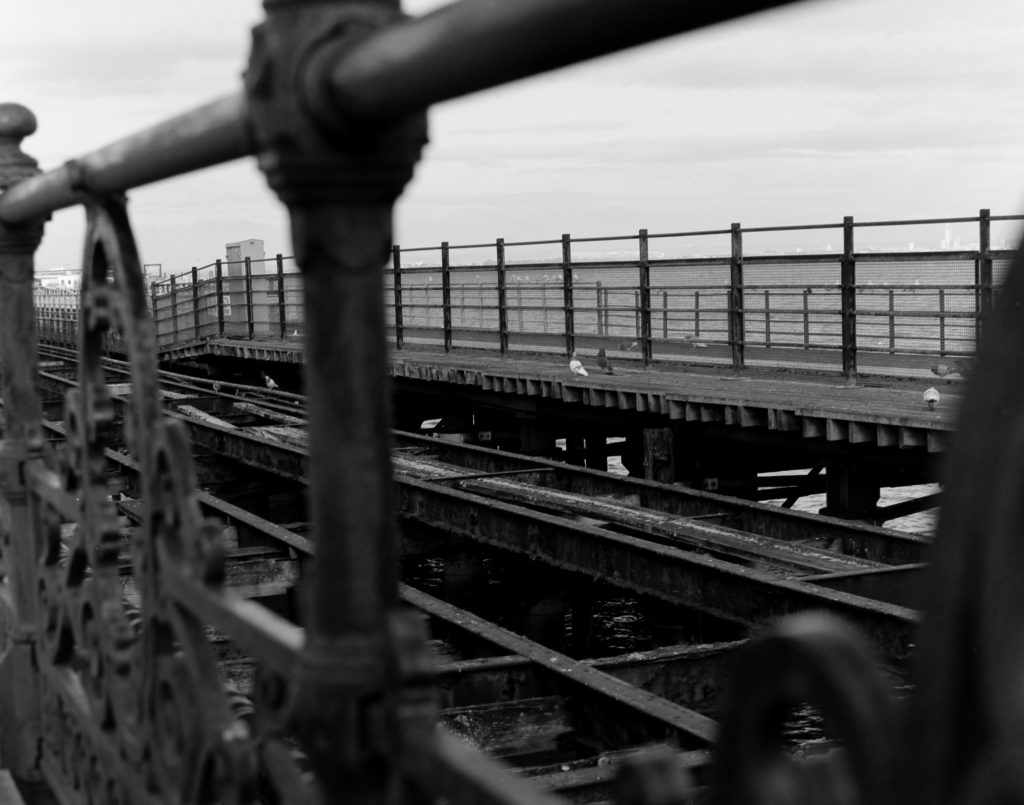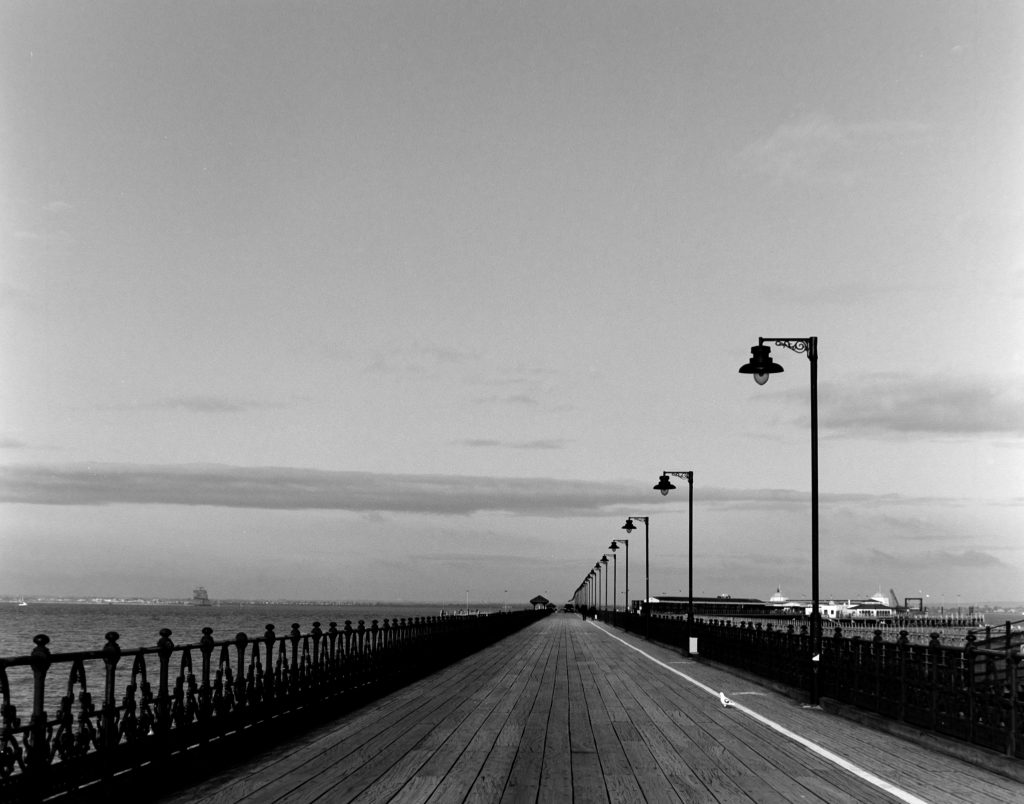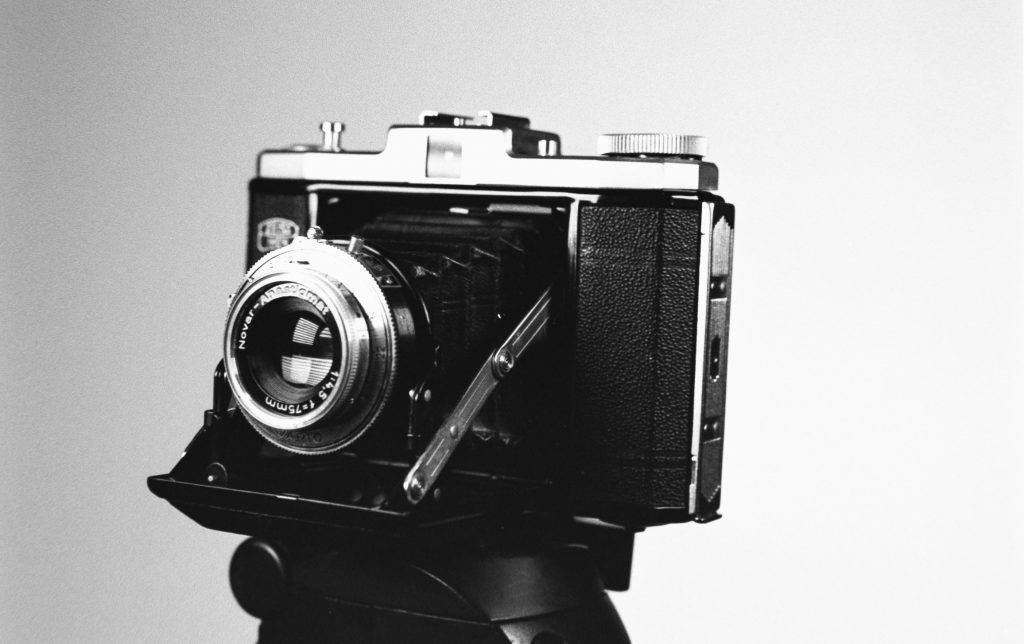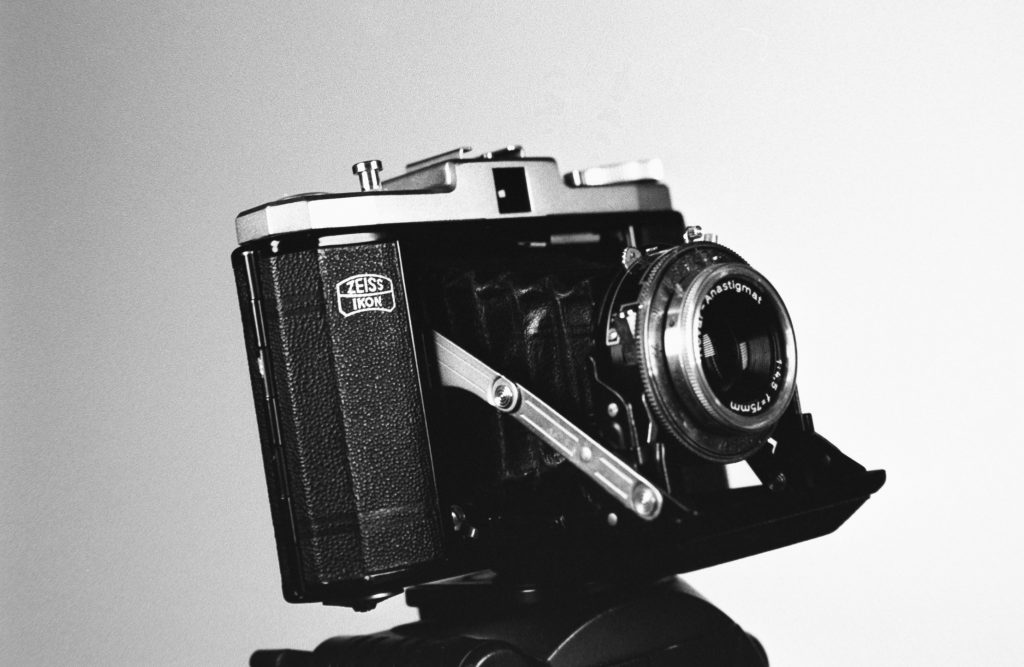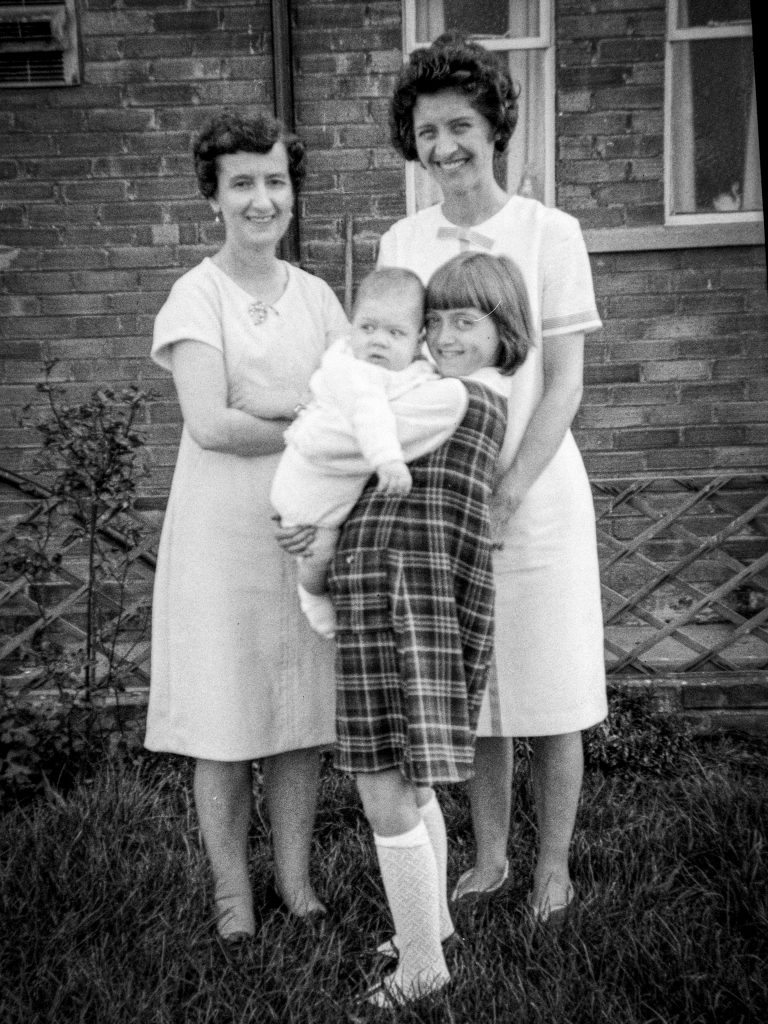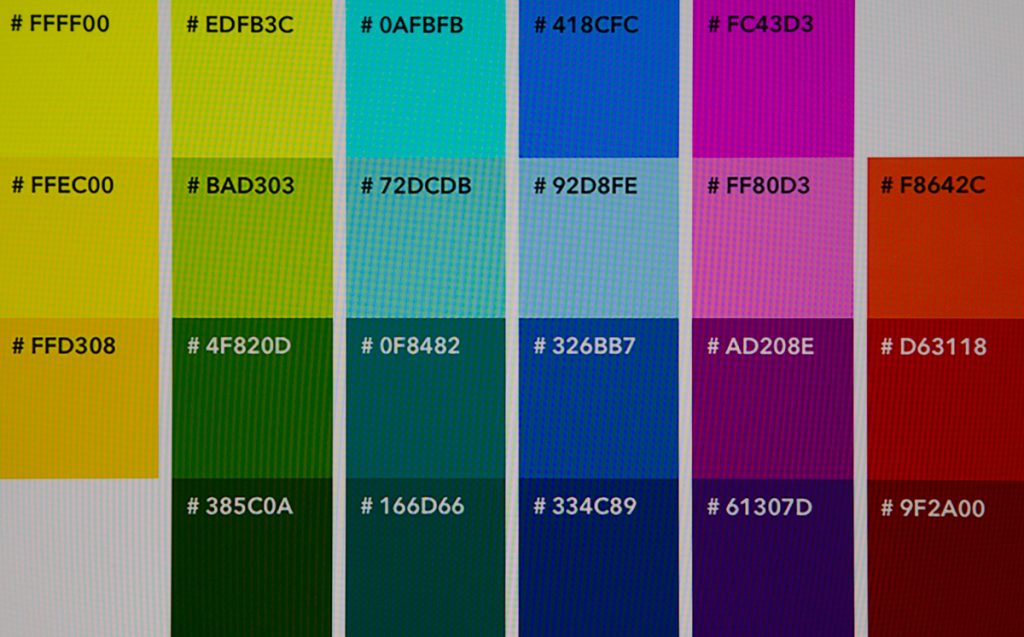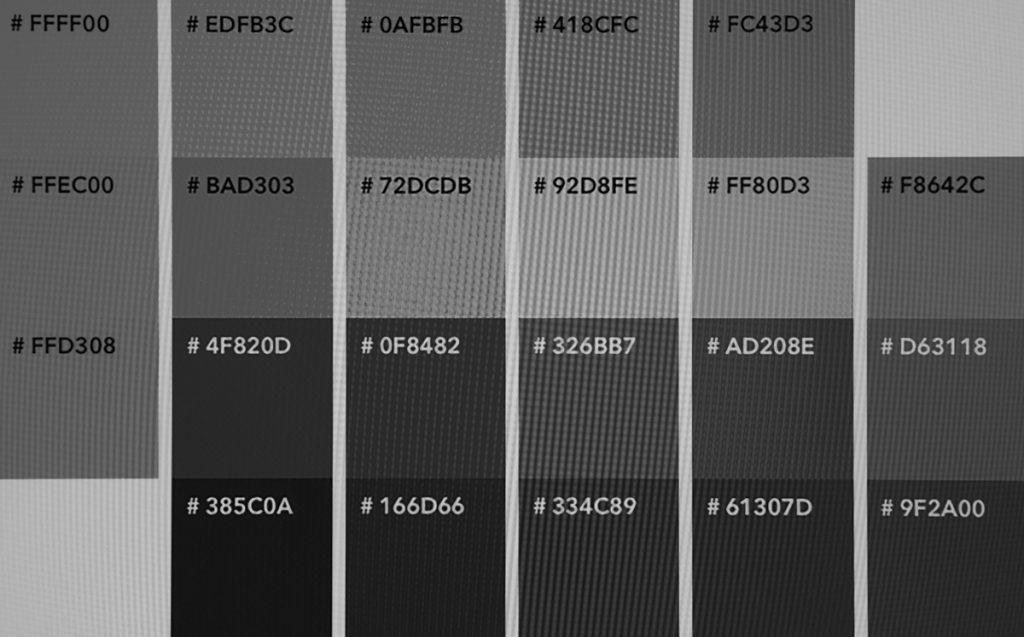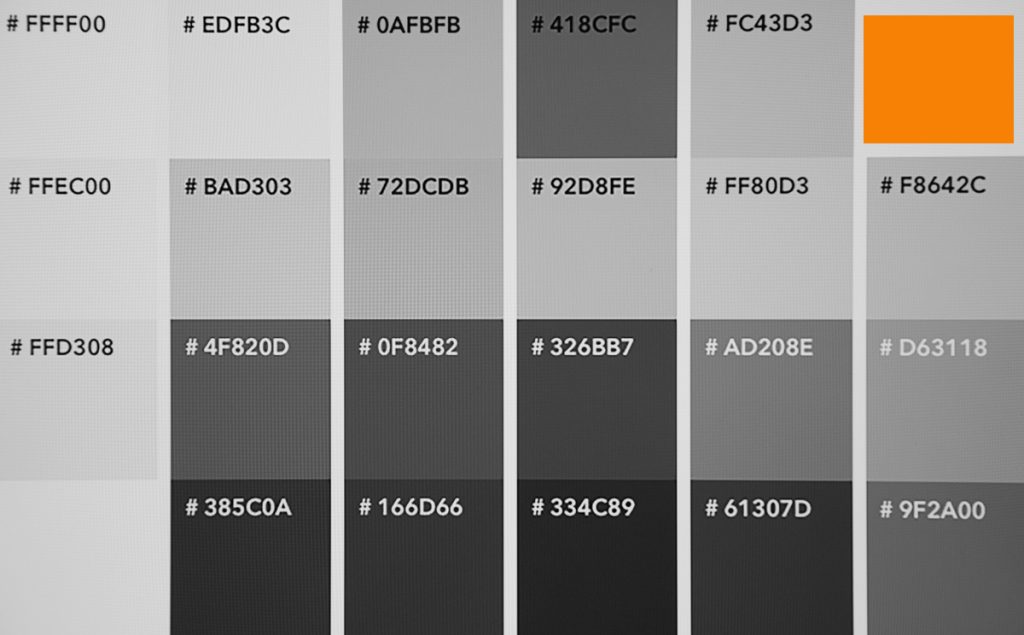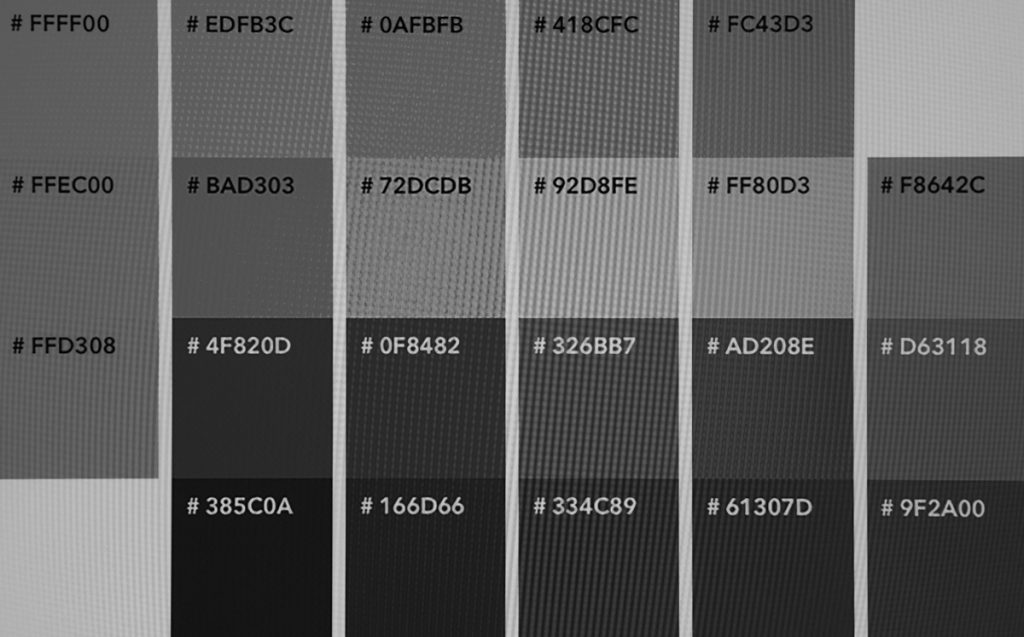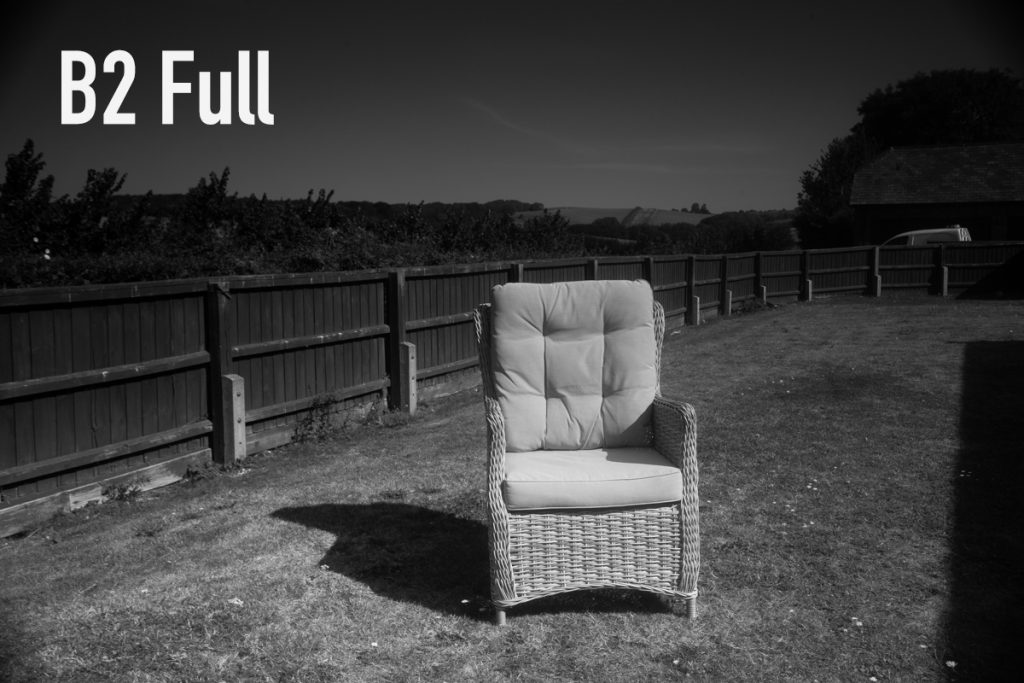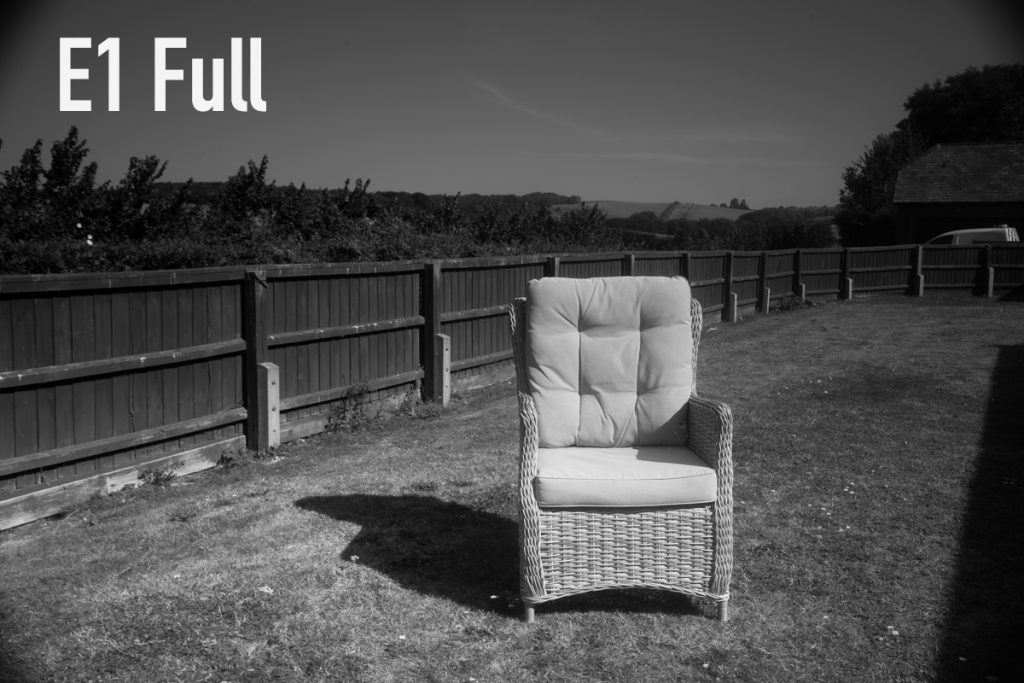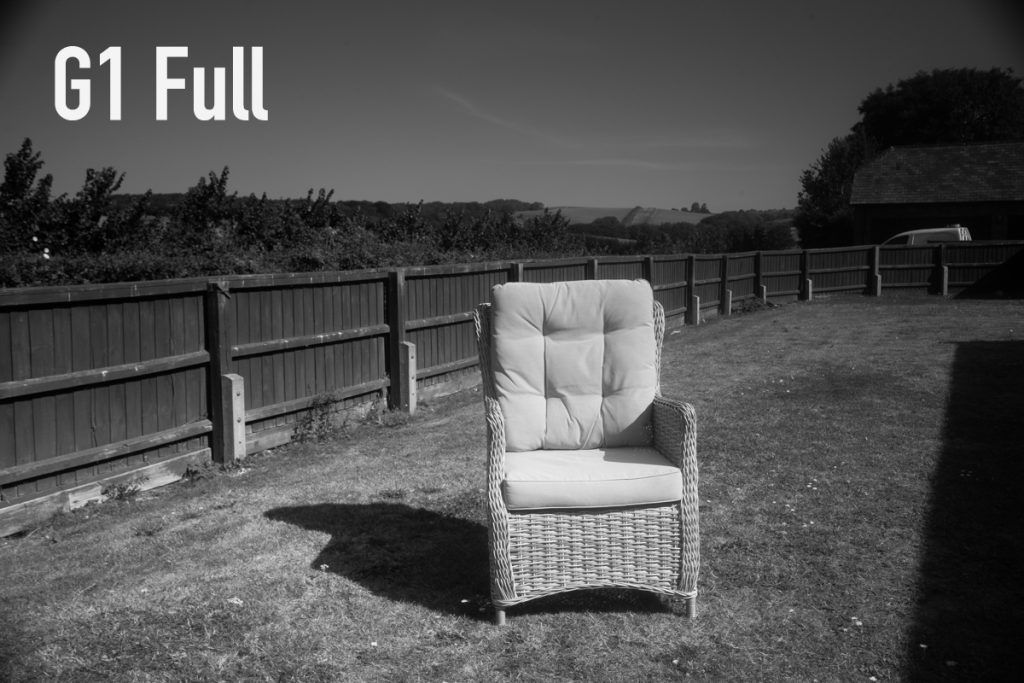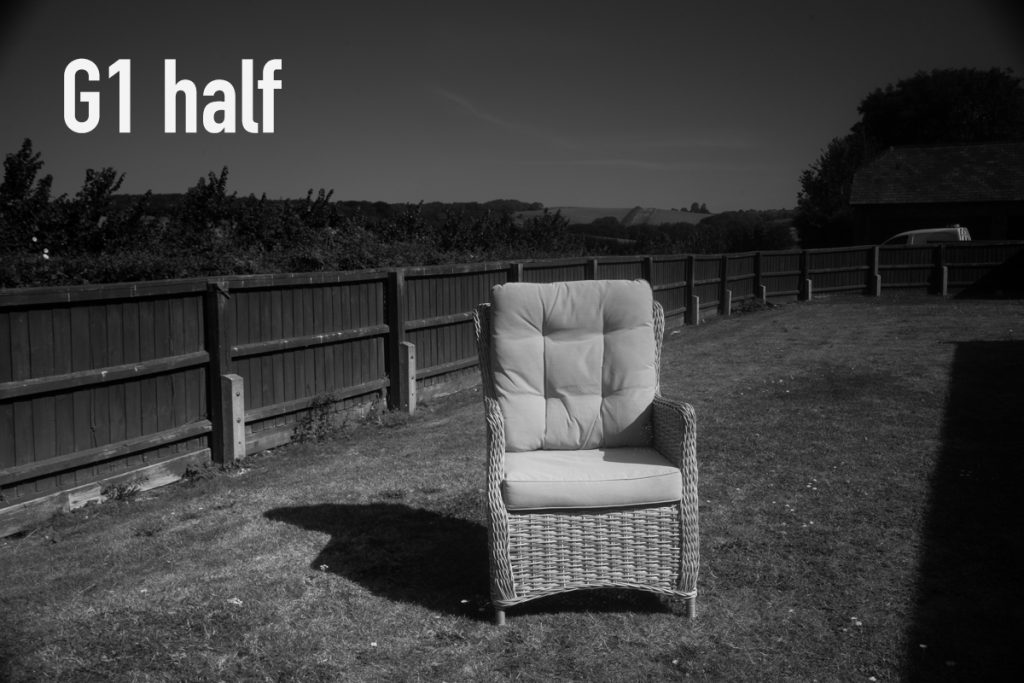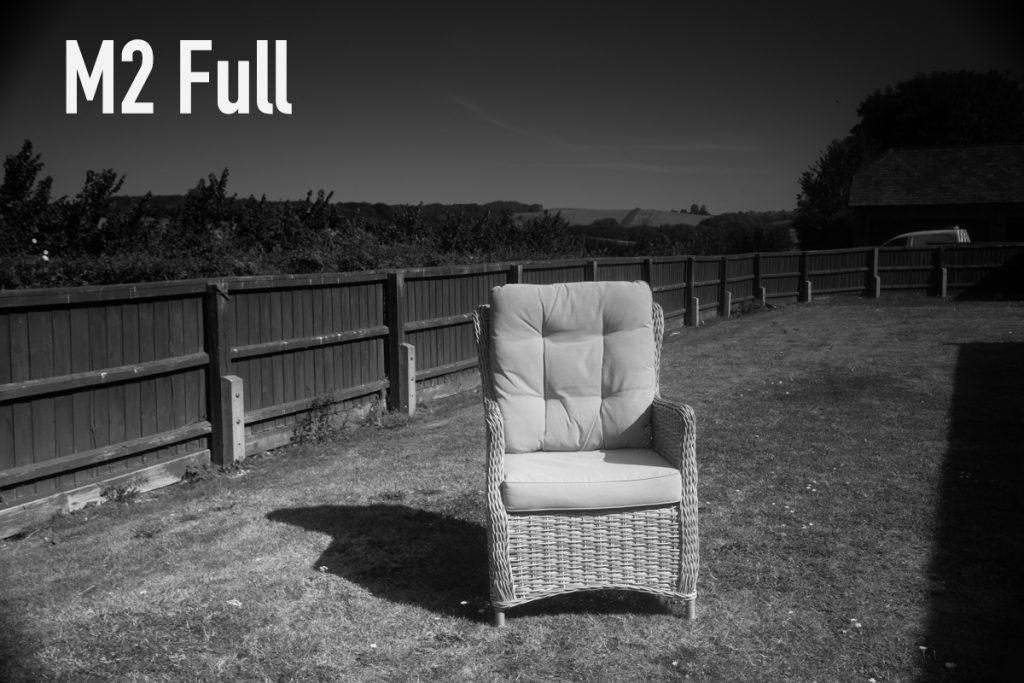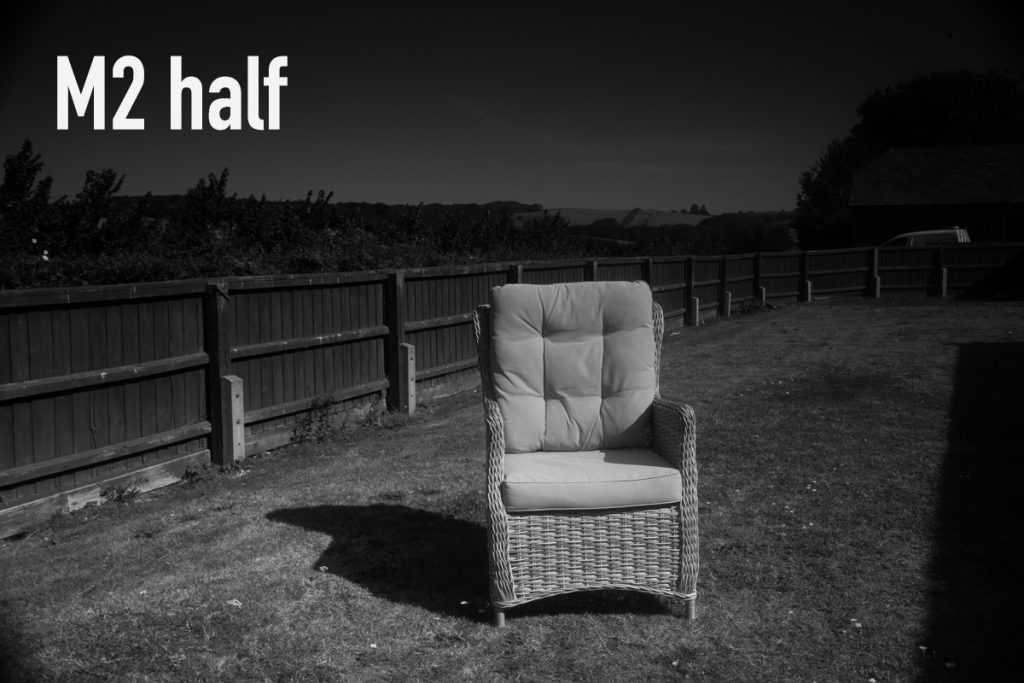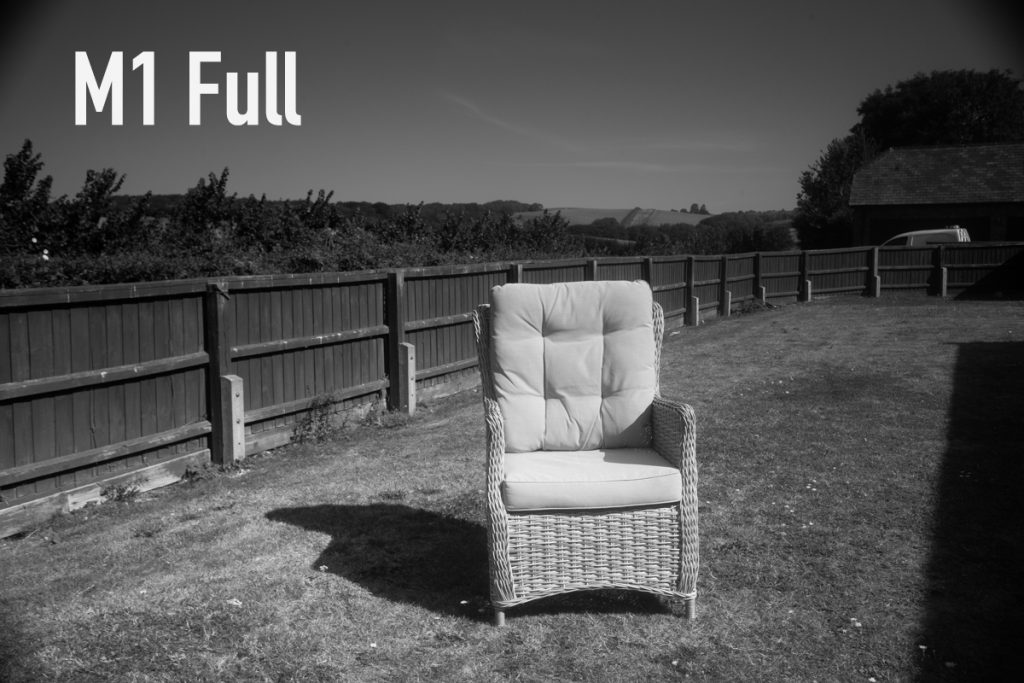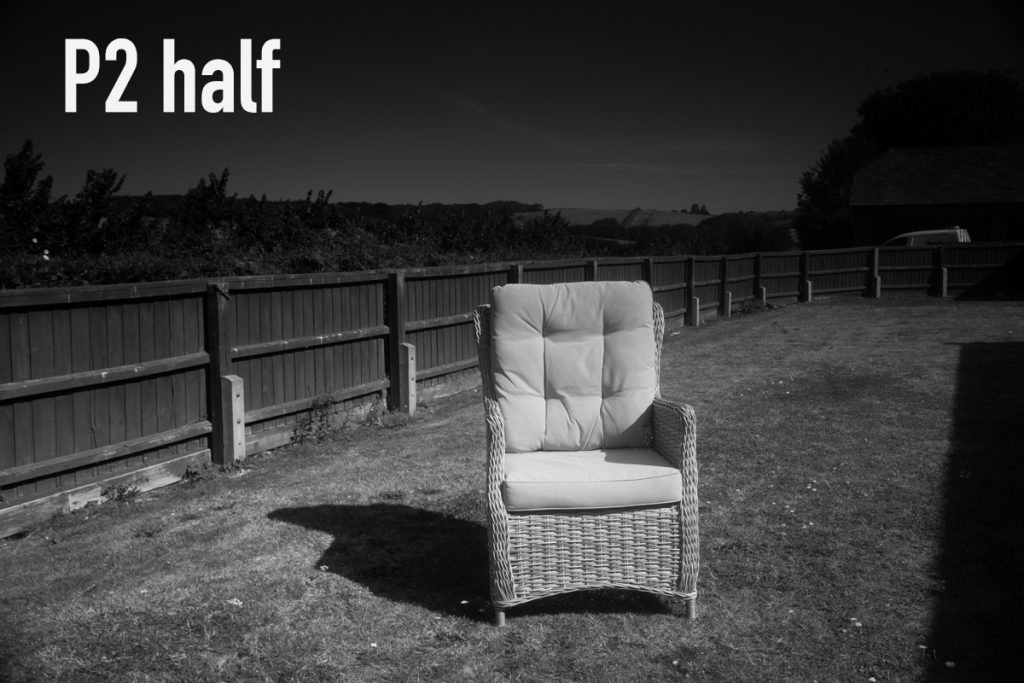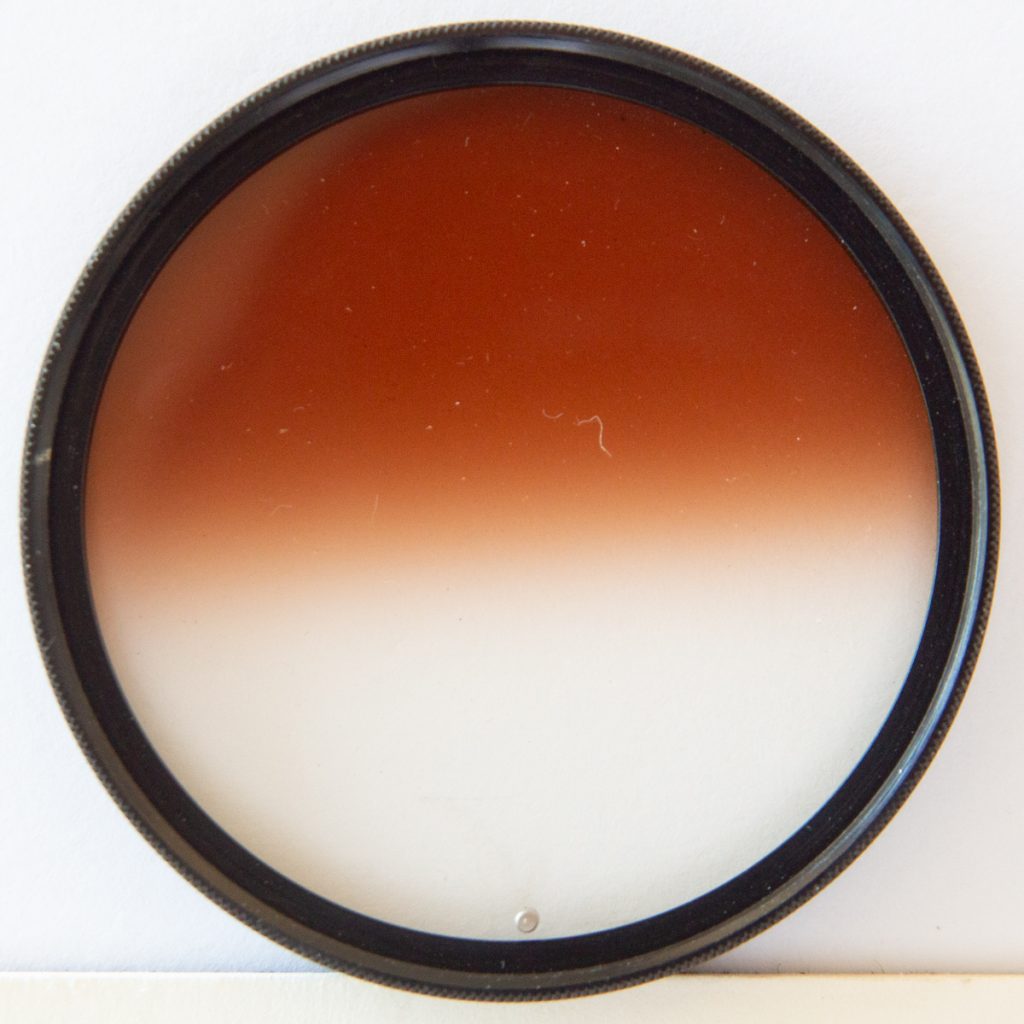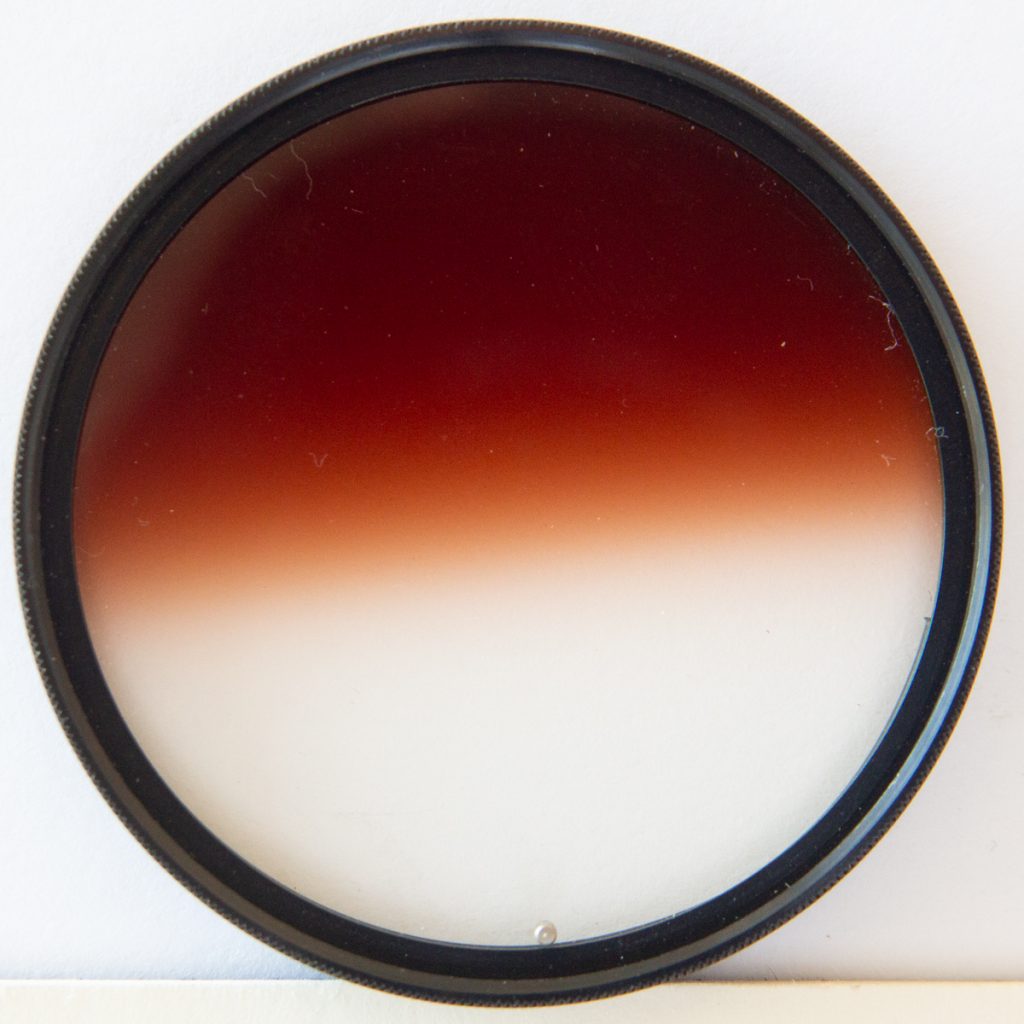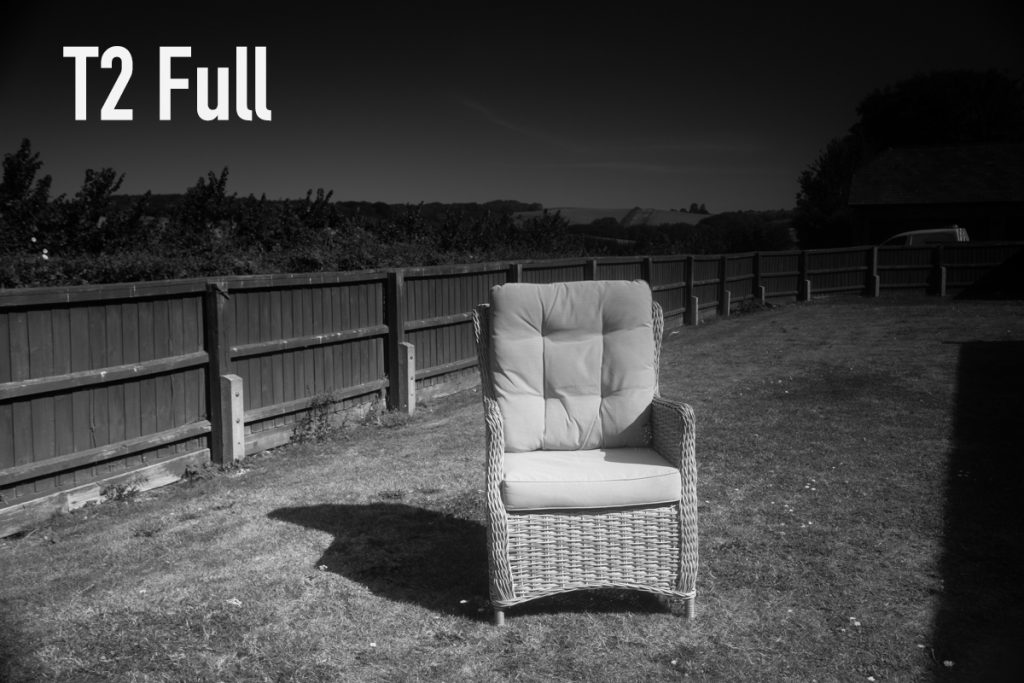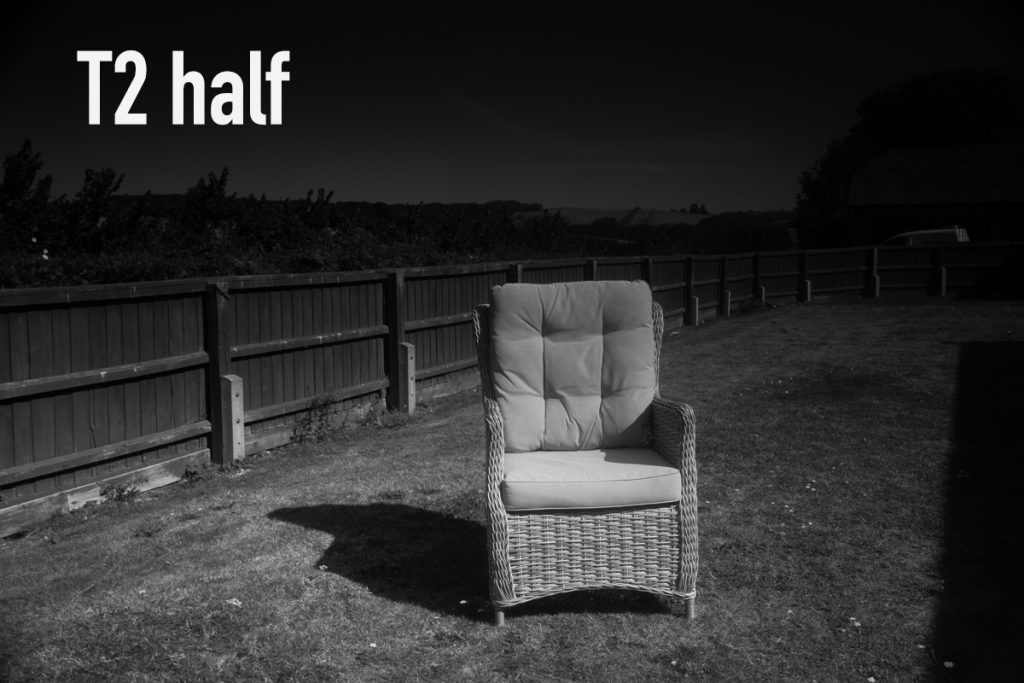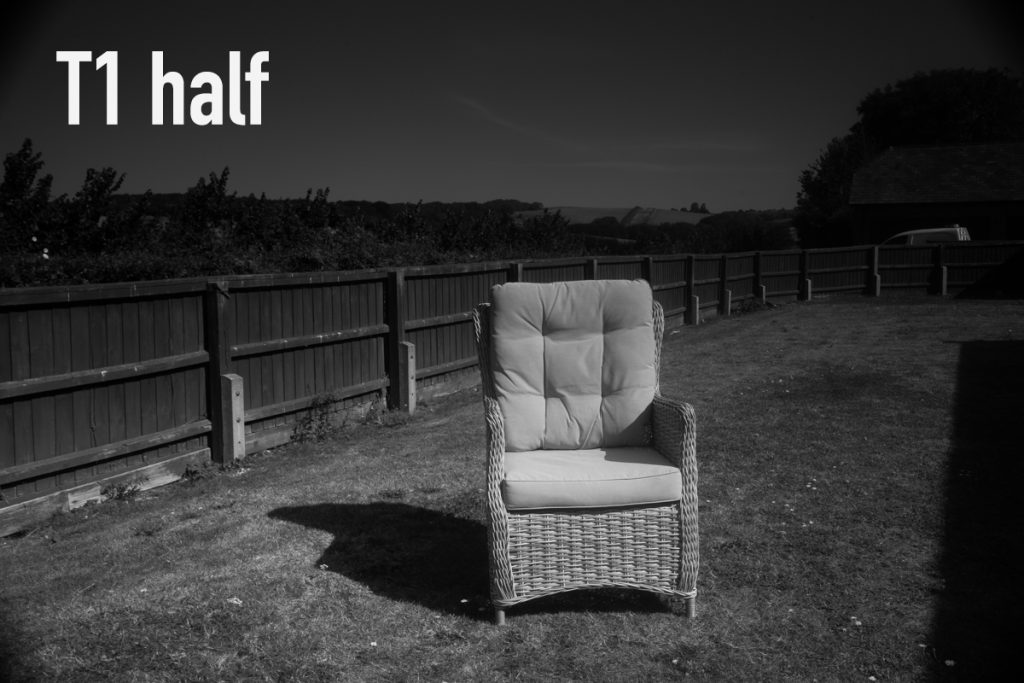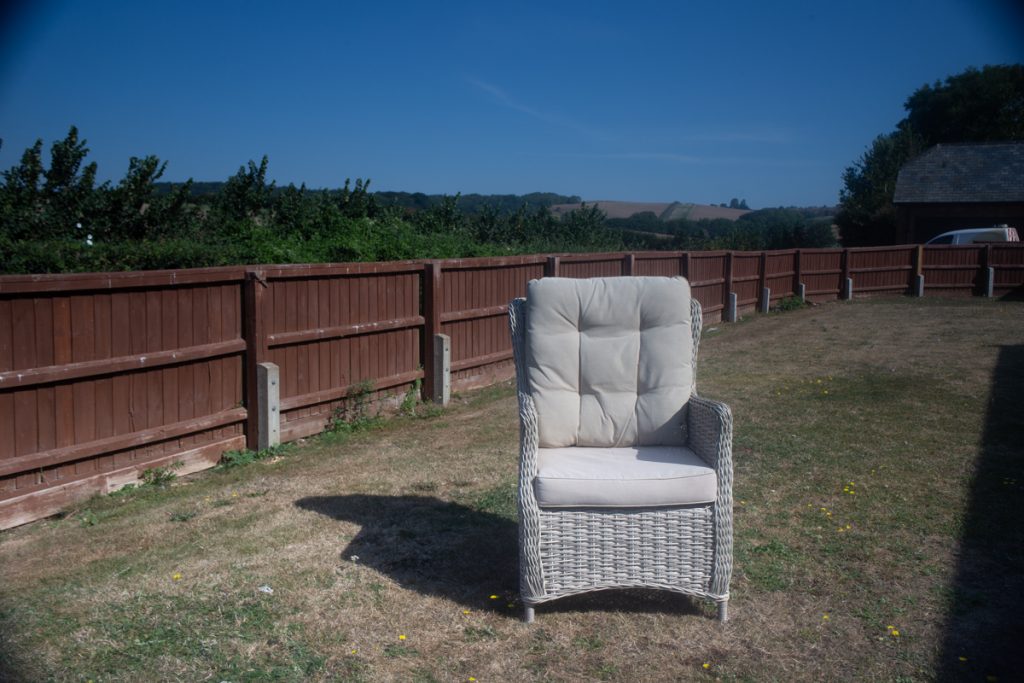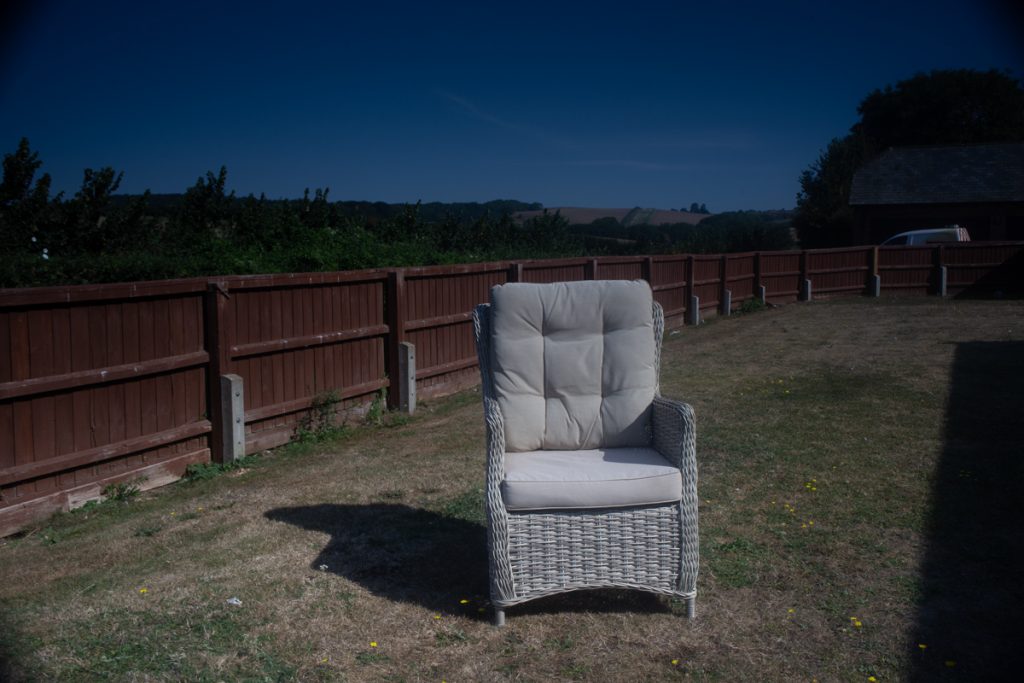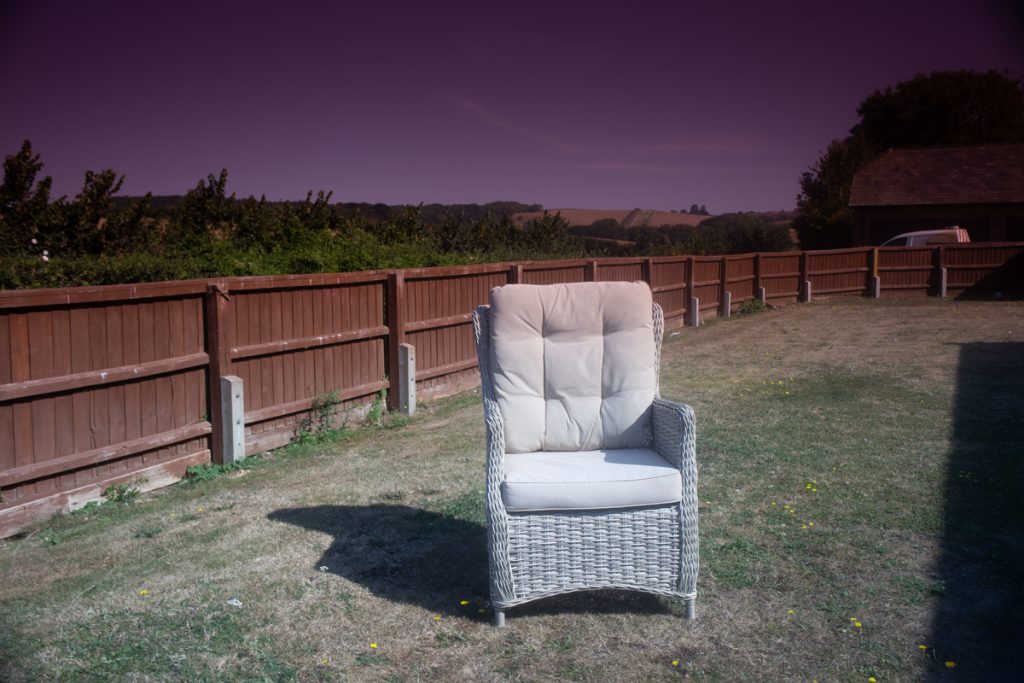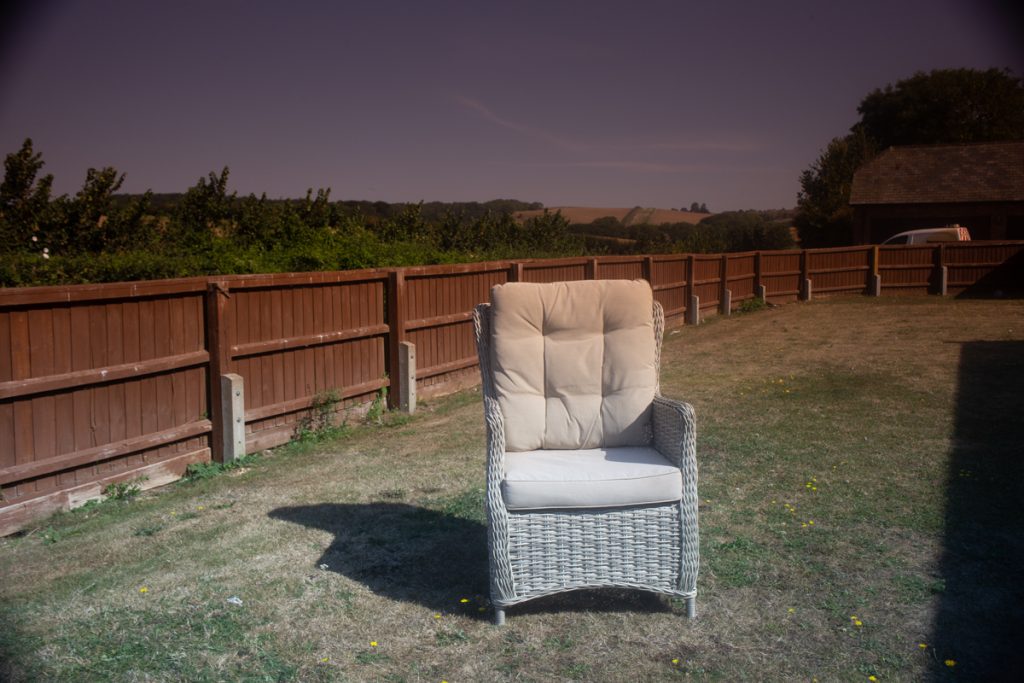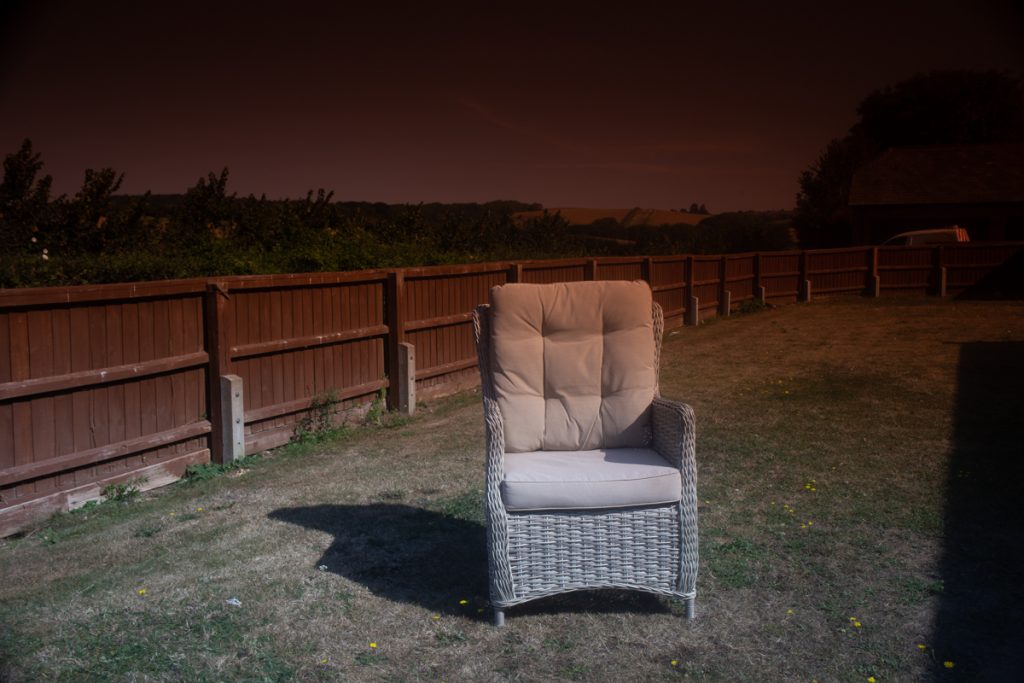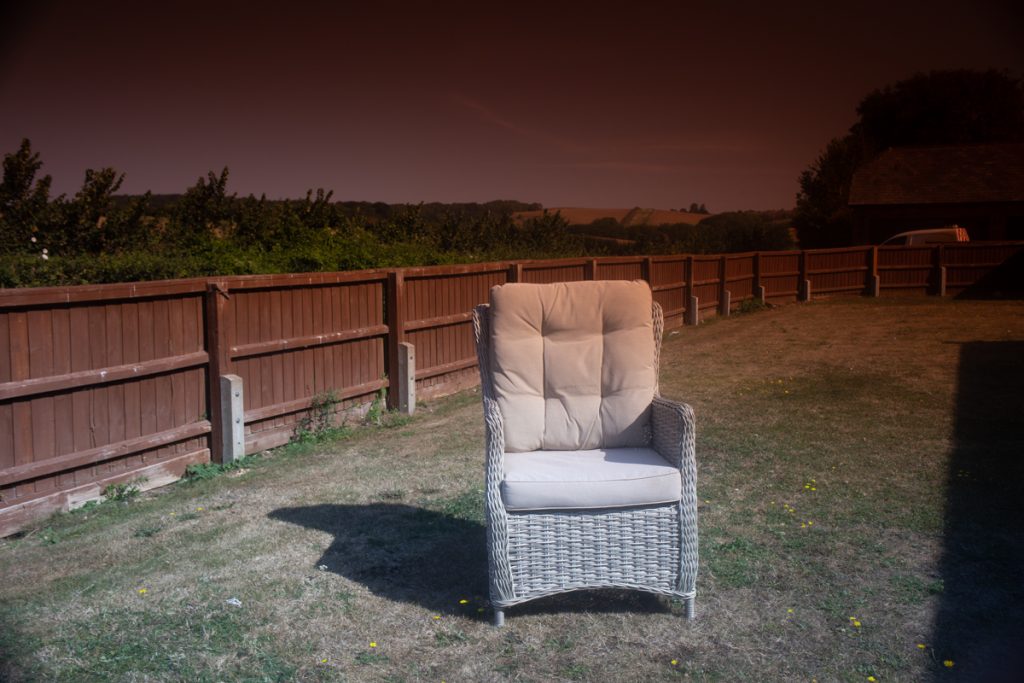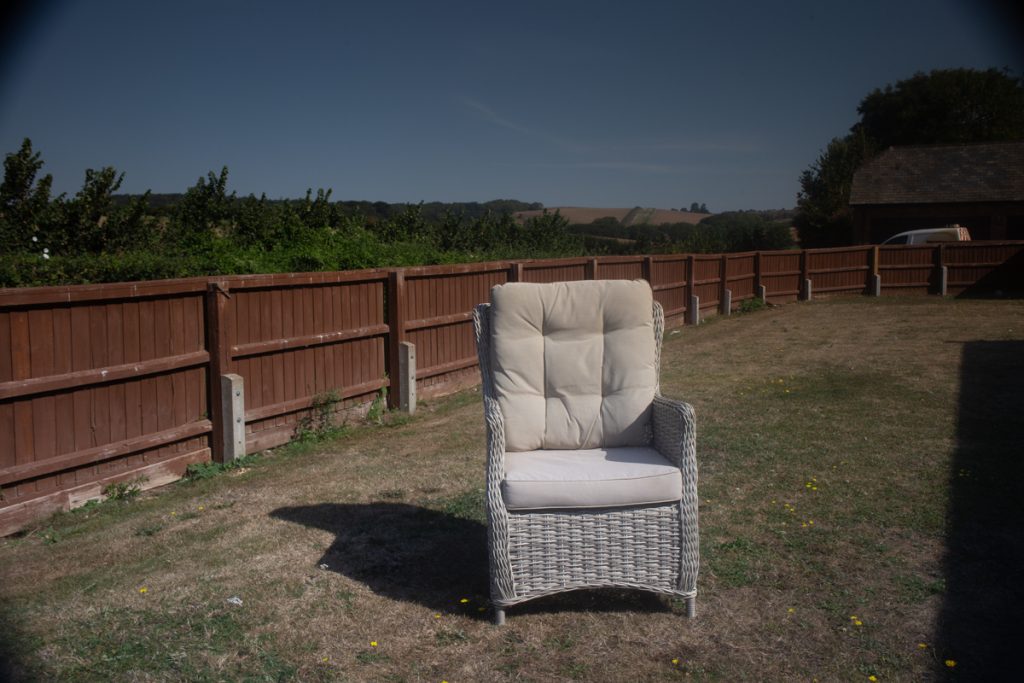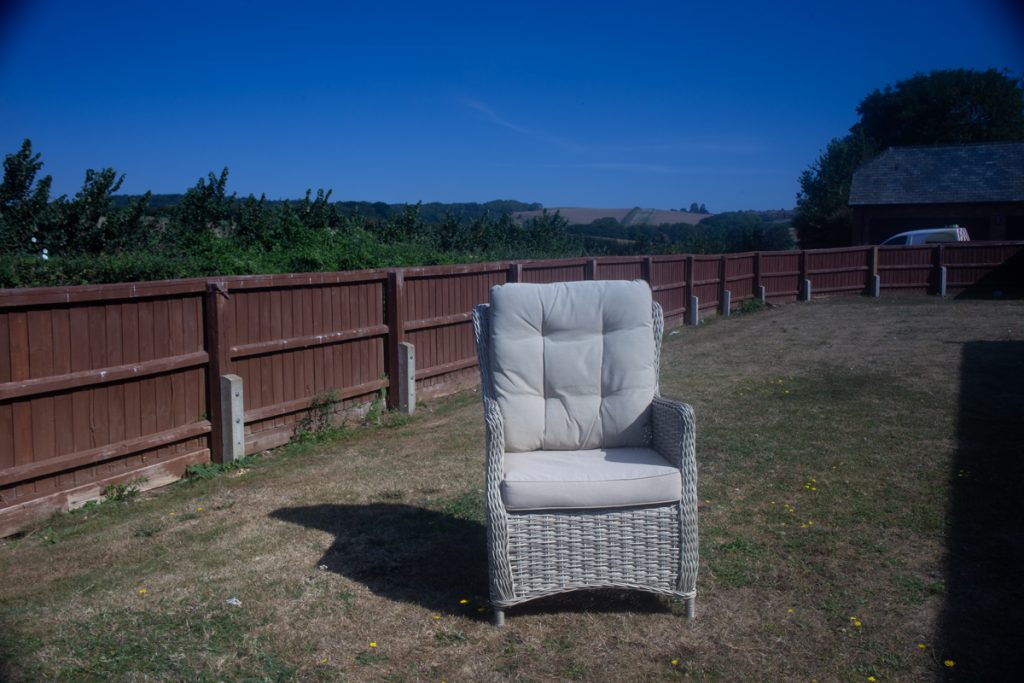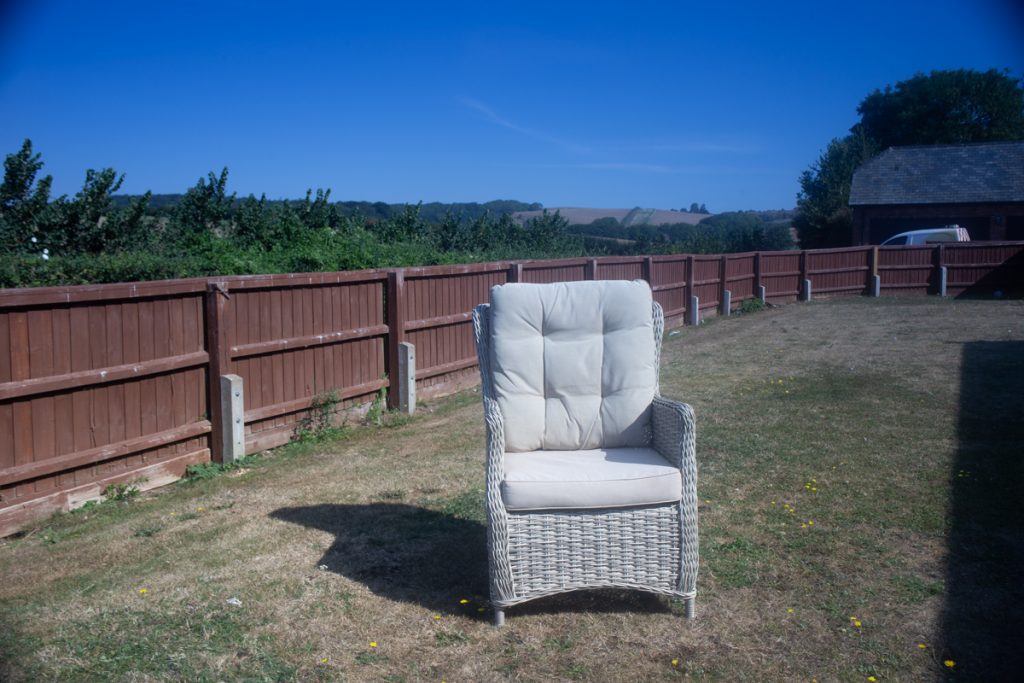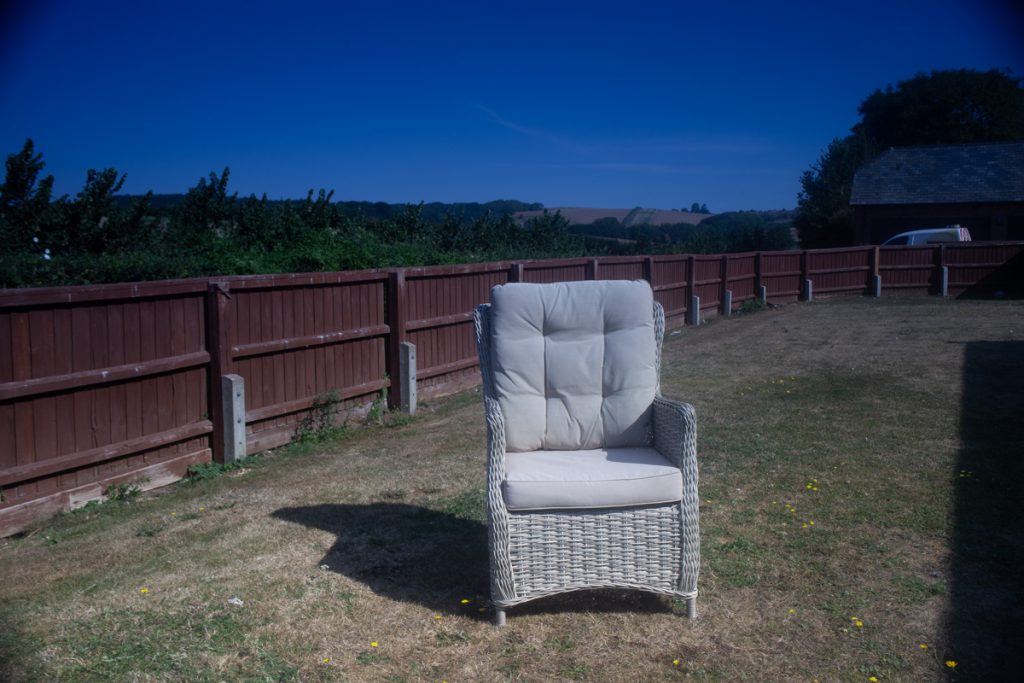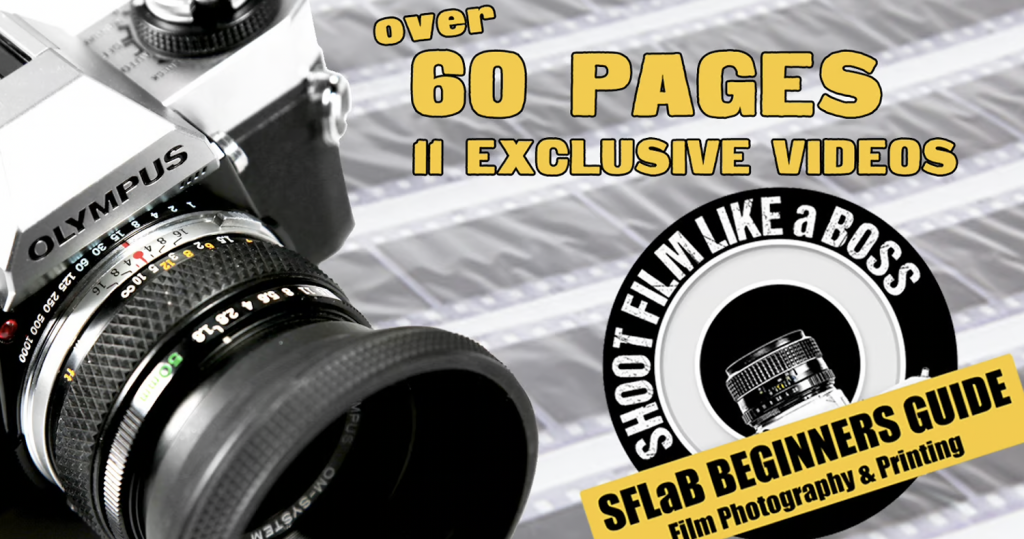Ilford Ortho 80 & and Yellow Filter


In my recent filter activities I took the Yellow Filter to the Downs. My Yellow Filter (Cokin) says allow 1 stop compensation when using it. But this is Ortho Film. Ilford say allow 2.5 Stops for a Yellow Filter. So with that in mind I took a series of shots taking one with and one without. I am pleased with the results too.
I metered at f16, 1/125th shutter. So when I used the Yellow Filter I simply allowed to stops compensation bringing my exposure to 1/30th with the Yellow Filter.
These are DSLR Scans of the negatives. I developed the film in Rodinal 1:25 for 6.5 Minutes at 20°.

Normal 
Yellow 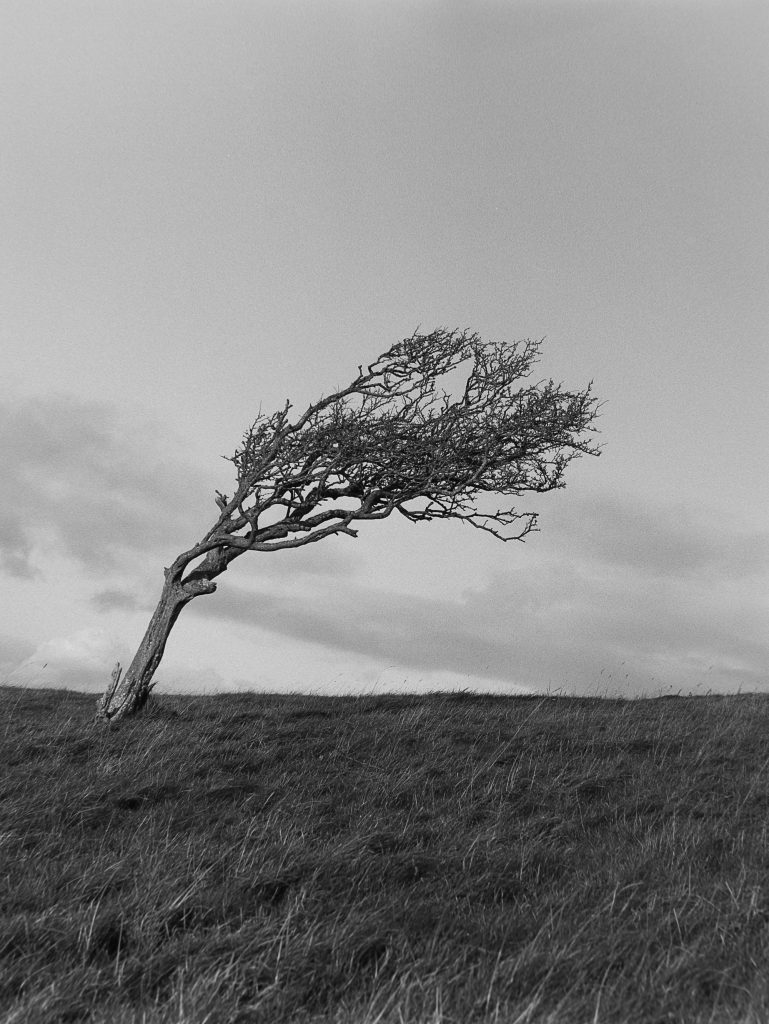
Normal 
Yellow 
Normal 
Yellow 
Normal 
Yellow 
Normal 
Yellow 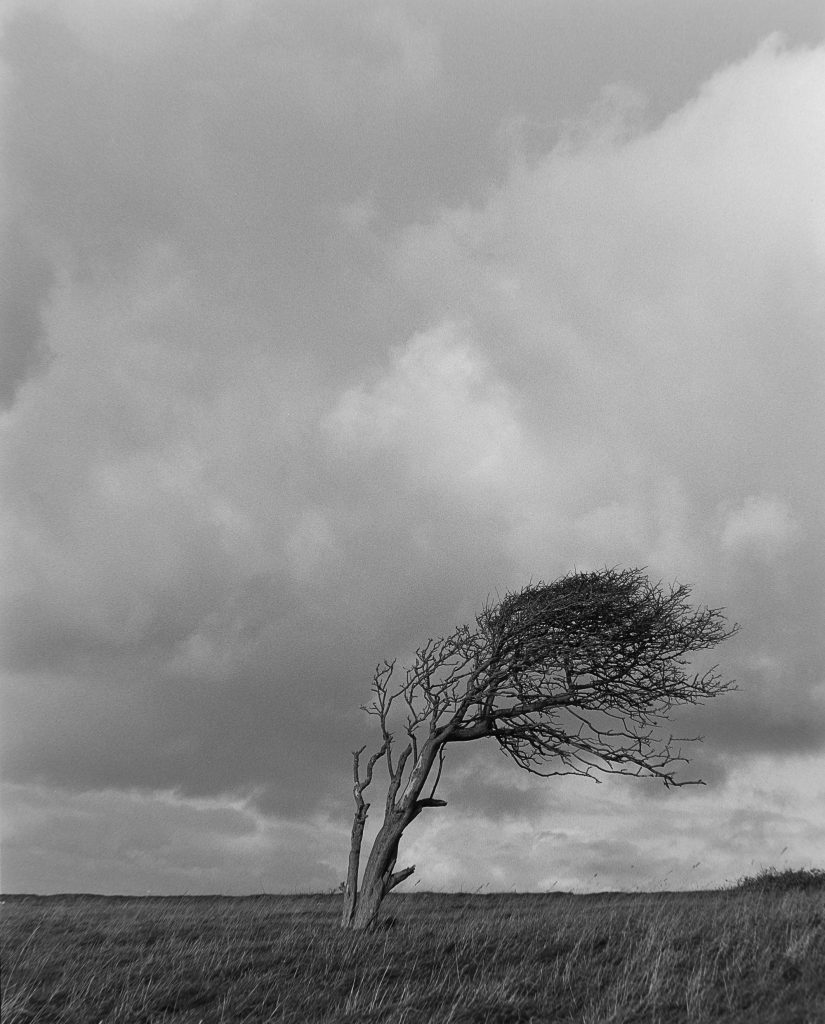
Normal 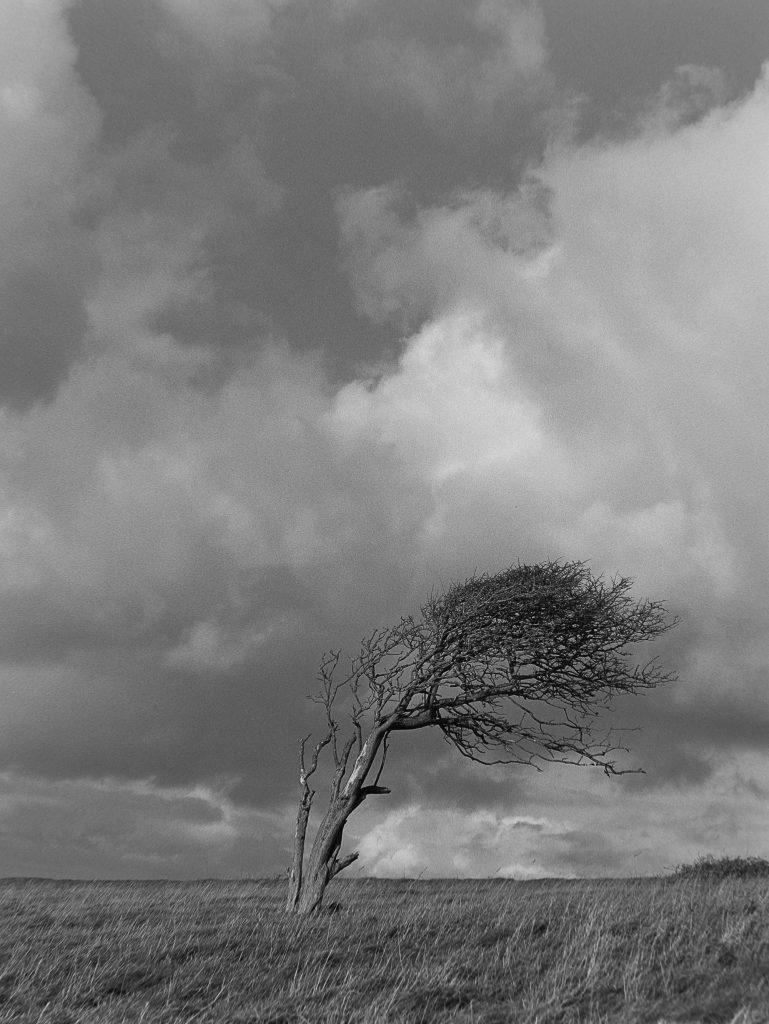
Yellow
If I went back and shot these again with either the Yellow or without a filter I’d have chose to shot them all on the Yellow Filter. Why? I like the separation it gave in the clouds just darkening that blue sky down a tad leaving the fluffy clouds to pop a bit more. In some the Yellow Filter also appears to have lightened the grass very slightly.
Yeah, I’m happy! Getting to know this Yellow Filter, film and Developer combo at last…
AGFA APX 25

AGFA APX 25.
Gary on Instagram recently acquired a brick of this film and kindly sent me a couple of 120 rolls to try out. It expired in 2003 and I have never shot this film before so I thought I would share my DSLR scanned results with you all.
My first shoot I tried out indoors on a few subjects. I was not sure how to expose for the film so I metered my scene and added 1 stop extra exposure just as a rule of thumb for the age and step on the side of precaution!
For these images I used the Mamiya RZ67 and one simple LED panel for my light source allowing the light to wrap around the subject.
I could not find any information on the MDC for developing this film so I went with my gut and developed in Rodinal 1 part to 25 for 8 mins with 10s inversions every minute.
I was really impressed with the tonal range of this film.
I guess you are wondering why there is a seascape on this roll! Well, that was my initial intention but it was bitterly cold and windy at the beach with sand blowing all over me that I could not stay there. I took this one shot and headed home for the Garlic!
After a few days I took the second roll out to photograph a Pier 20 mins from where I live. I decided to shoot the film at it’s rated speed this time as I felt it could handle it and that the age had no effect. Again, with the Mamiya RZ.
This time I chose the same development except I knocked a minute off the time and developed it for 7 mins.
This shoot was early in the morning and another bitterly cold day! My hands were so cold and to make things worse my tripod head lost tension due to a corroded nut and so I had to keep my hands on the tripod at all times which was colder than my hands. This proved to be very tricky as every time I touched the camera I could not feel the buttons as my hands were so numb. I few times I accidentally pressed the shutter button!
Again, this film did not disappoint at all.
I would love to shoot this film again in more comfortable situations but it’s pretty hard to come by online without paying through the nose for it. I believe Gary had a result. But if you ever come across it it’s worth giving it a shoot.
British Journal of Photography Magazine 1934

I was given this magazine from a friend that found it in a house clearance and I thought I would share it with anyone that is interested. It’s an amazing insight into photography back in the 1930s.
Enjoy!
Freezing Film?
I recently made a video on what happens if you freeze film and then shoot that film without any warming time. I set up a simple scene using my Zeiss Ikon, took the film, Silberra 160, from the freezer, loaded it into the camera and immediately took my photographs.
When I took the film from the freezer other than it being very cold I did not notice it to be hard or brittle. Although Silberra film is very thin and flimsy. I wasn’t sure if during the shoot the film would collect some kind of condensation so I was taking a risk loading it straight into my camera! I took a few shots, see below, and then took the camera and film into the darkroom where I cut the shots from the camera and loaded them into a developing tank. I allowed the film to come back to room temp for about an hour before developing.
After developing the negatives looked normal and the scans normal still. Here are the scenes. Lovely contrast! A bit blown in the highlights. Yet no special whacky effects that I expected.
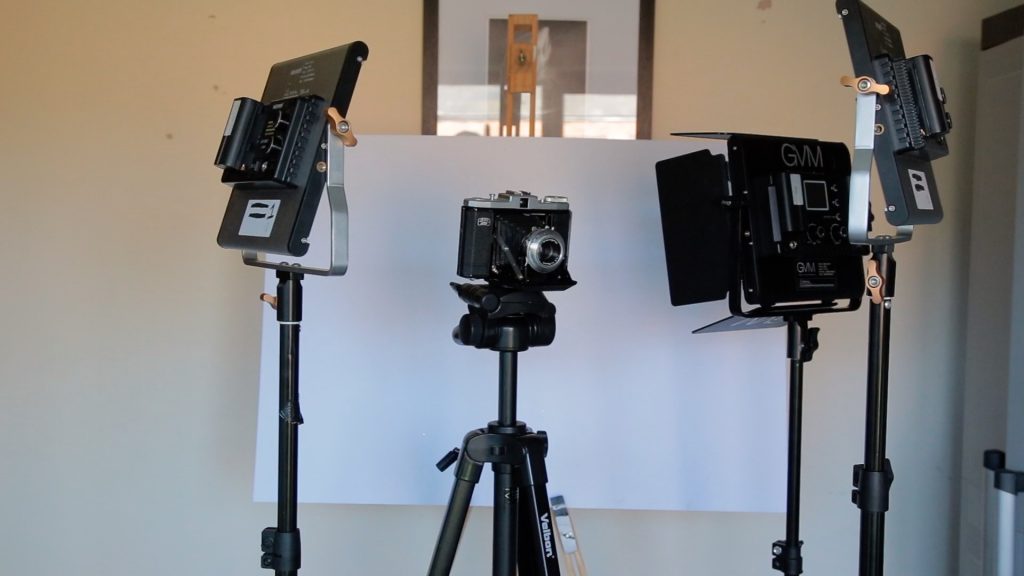
It would not be fair to end it there so I went back to the film, which was now at room temp and loaded it into the camera and set the scene up again. It wasn’t exactly the same as I used the light panels after the first shoot for another project but I tried to set the scene up exactly the same. Here are the second shoot scans.
These negs appeared more normal. The highlights were not as blown as the frozen film scans. At first I thought maybe I did not have the lights as powerful s the first shoot but I am pretty sure I did.
From the comments on the YouTube video a few people suggested that the frozen film would be a slower speed than normal, which would make sense for the “over exposed look”. Still, it was an interesting play.
I have no final conclusion other than I did not get any crazy results or interesting looks. And no condensation was found in the camera or on the film itself.
As for condensation… I’m thinking that if I do ever freeze film and allow the film to warm down would condensation not sit on the film and dry?
Thanks for reading!
Amazing Find…
I received an email from SFLaB Patron David Stockton which read…
Good morning Roger, thought you might be interested in a recent experience of mine.
I started to collect old film cameras, and purchased a Kodak Folding Brownie 620 camera. Reckon it was about 60 years old.
To my surprise it had a roll of HP3 inside that had been exposed. The glue on the sealing strip had gone all hard and crystalised, but the film looked OK.
I could not find any developing info on Massive Dev so had to take a chance and develop in Rodinal for 8 mins.
Imagine my surprise when I saw the results.
These were shots of a lovely family taken in a back garden in the fifties or sixties, yet they have still come out fine.I have attached a couple of frames for you to look at.
I wonder if any of your subscribers would know this family. Just a thought.
I am 75 years old and have just got back into film and have got a mint OM 1 .Love your channel and it was you that inspired me to develop my own film.
Kind regards
Dave Stockton
Here are the images that were found on Davids camera. If anyone recognises the family please contact me so I can let David know. It’s a long shot, of course, but you never know!
Under/Over Development in Film Photography
It’s something we all accidentally do when we develop our films, or, we do it for a reason. I don’t purposely Over or Under develop my films unless I am pushing or pulling in which case I will allow compensation in camera. I always try to hit the correct development times for my exposures in camera.
I decided to experiment and see what happens for my own eyes if I over developed for 2 minutes and under developed for 2 minutes.
For this I used Silberra 54UN 100 speed film. Which is basically ORWO UN54 100 film! But enough of rebrands. In fact, I love this film and if it wasn’t for me grabbing a roll of Silberra 54UN a few years back I would never have discovered ORWO. So thanks Silberra! Great rebrand and public awareness.
I took a simple scene in my darkroom consisting of a Buddha and a Camera. I has whites, blacks and mids in the scene and I burst it with hard LED light.
I took three photographs using the Olympus OM20 and developed each negative in separate film canisters all at the simultaneously.
I used Ilford ID-11 at 1:1 20°. The rated time for this film at that dilution was 7 minutes. But as I wanted to develop one film over and one under I set my timer for 9 minutes.
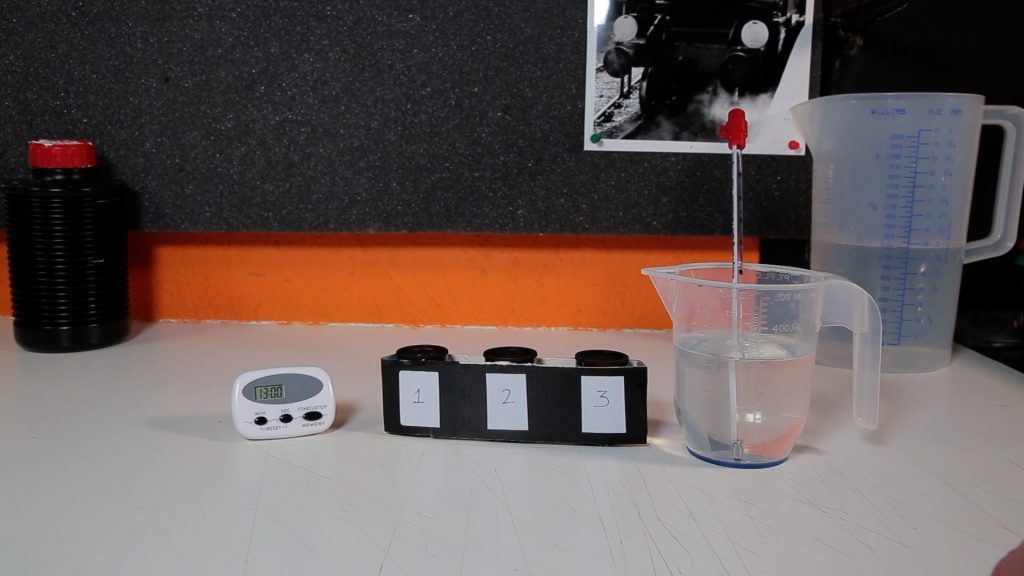
After 5 minutes, in complete darkness, I puled canister 1 out and then stop and fixed it. I did the same for canister 2 but at 7 Minutes (correct time) and canister 3 at 9 minutes.

I made a contact print and then made 5×7 enlargements.

For the enlargements I took the correctly developed negative, made a test strip and then made my print, which was 2 seconds under the enlarger. I then took the other two negatives and did exactly the same for the same time. There was no point in making individual test strips for each negative. I needed to see the difference.
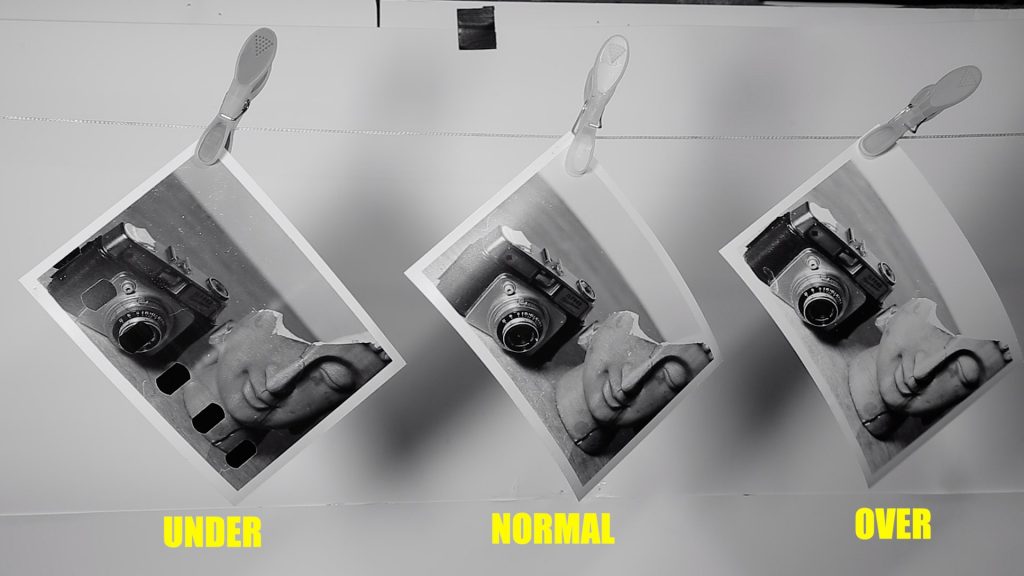
Here are the final results taken from a DSLR of the original prints. You can make your own conclusions.
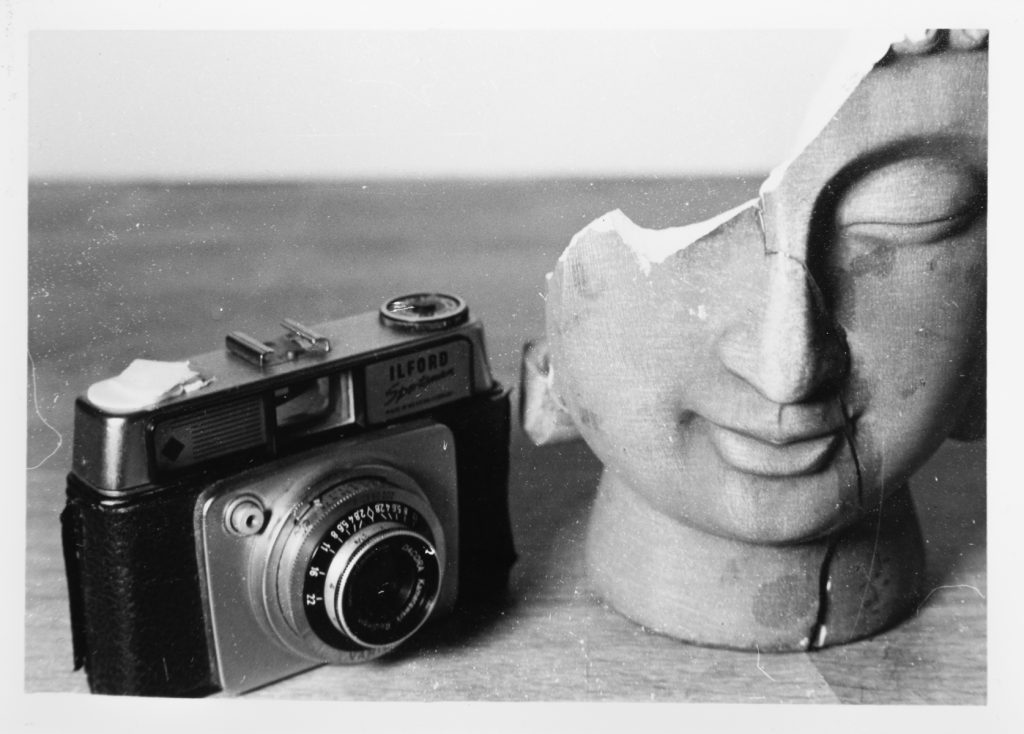
Normal 
Over 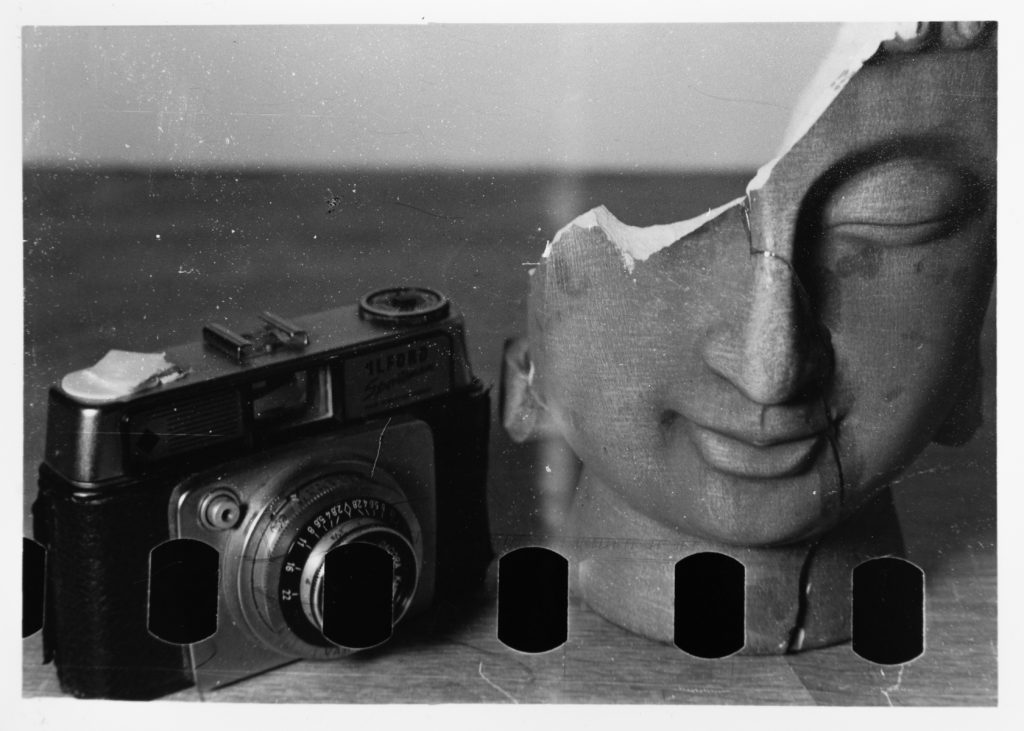
Under
As for the Under and Over negs I could have easily got my tones back with some filters under the enlarger and maybe some dodging and burning. Especially the over developed print. I feel that would have ended up being punchy.
Live Stream Prints 25th Oct
Thanks to those that joined in the Live Stream. I had fun!
Here are the prints we made.








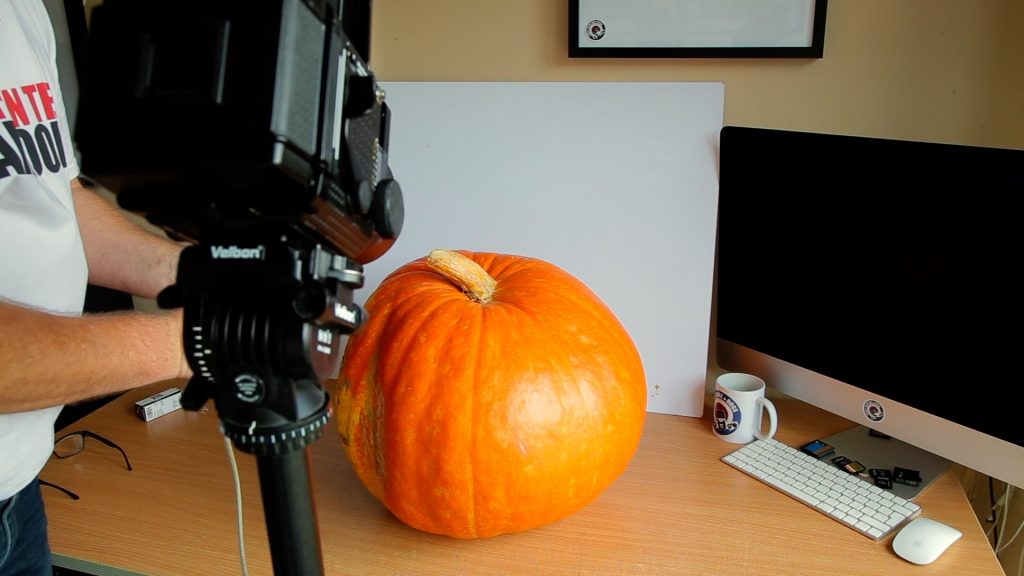
Colour Filters for Black and White Film

I’m not one for using filters very much. I do have the usual suspects of Red, Orange, Green and Yellow but I don’t use them as much as maybe I should! Why? Well, for one, I have got so used to taking photographs without the aid of filters and, two, I don’t really have a trained eye for them. Apart from Orange and Red for darkening blue Skys and popping white fluffy clouds! I can read the description of the effects until I am blue in the face but I am one of those that really do need to train myself and see from my own results.
Take this online write up for example “When photographing foliage in black and white, a green filter is used almost exclusively. It lightens green foliage, which is particularly important with dark greenleaves which can record very dark without a filter. It therefore gives a more natural, lighter feel to the photograph”
I could go into the forest with a Green Filter all day and still not really see how the filter is going to affect my negative. Unless I shot Forest Photography extensively using a Green and No Filter. Then maybe I would get a trained eye for that environment and filter use. But for most of us we say what we read and slap a green filter on for the foliage in the forest.
Same with the Yellow Filter. It is supposed to add a bit of brightness to otherwise contrasty scenes but who am I to tell the tale. I hardly use one! But I can confidently say that an Orange and Red Filter enhances Blue Skys with white cloud. I’ve done it and do it regularly.
So to see for myself I pulled up a colour palette online and took five photographs of it using my DSLR. One without a filter and four more using each filter I have. I did this just to study the various colours and black and white tones.
The real test of course is outside with various films but for now this gives me a clearer idea of what the filters are doing.
The middle image is NO FILTER.
Another comparison I did was overlooking this field.







No Filter 
Yellow 
Green 
Orange 
Red
Cromofilters
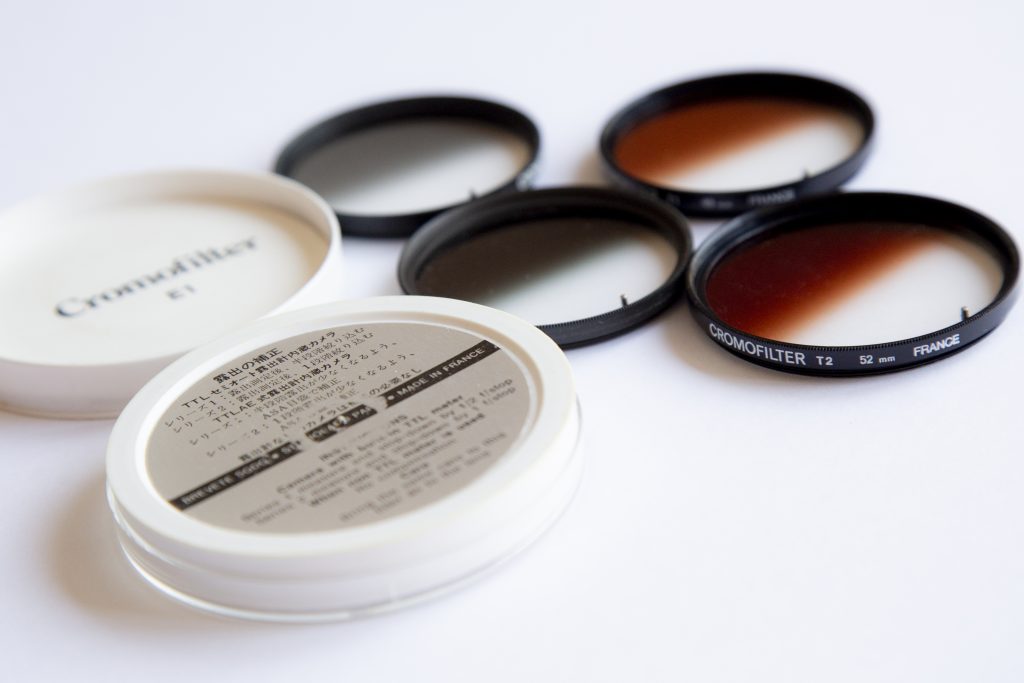
A while back I purchased a set of Cromofilters. I really did not know anything about them except they looked like circular grad filters. I’m not quite sure when these filters first hit the market but I did read that they were replaced by Cokin so I am thinking they were popular maybe in the 1970s/80s. But, so what. Who needs to know the history when I already have a set here. Let’s just shoot them and see what they do.
On the back of the container there is some instructions which says –
CAMERA WITH BUILT IN TTL METER.
Series 1 Measure and Stop-Down by 1/2 Stop
Series 2 Measure and Stop-Down by 1 Stop.
And that’s about it! I don’t know if these are series 1 or series 2.
So instead of wasting film I decided to put the filters to test on my DSLR and see what effect they have. I set my DSLR up in the garden on a tripod and metered an average for the scene using my Sekonic Light Meter. I then used each filter I had stepping down 1 stop and then another series of images stepping down 1/2 stop. Here are my results.
(SEE THE COLOUR VERSIONS AT THE END)
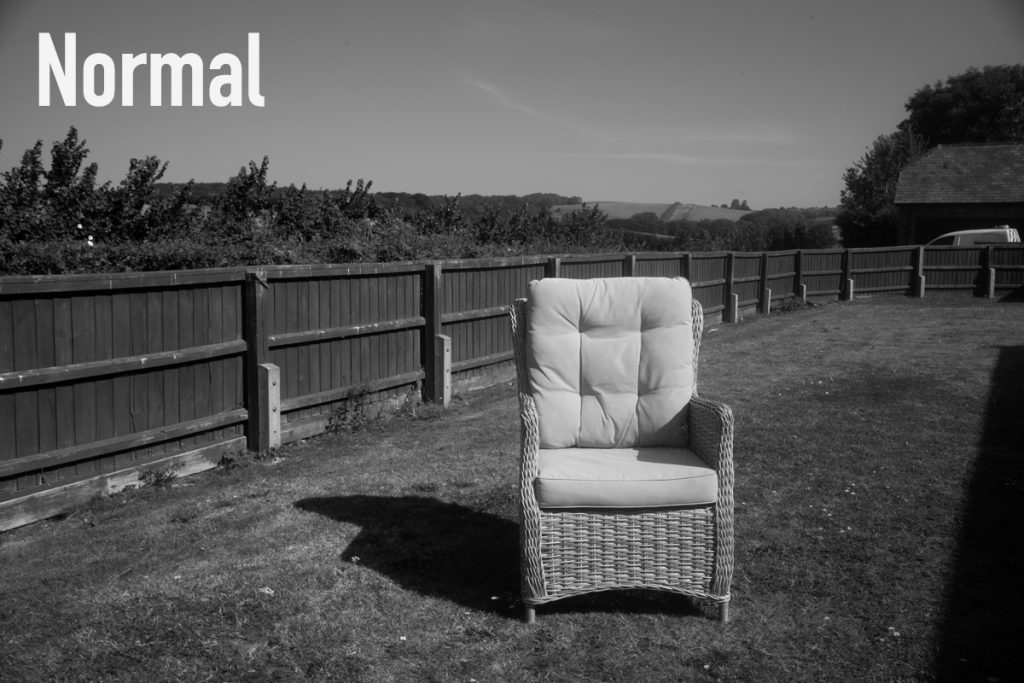

Colour Versions. Same shot format.

